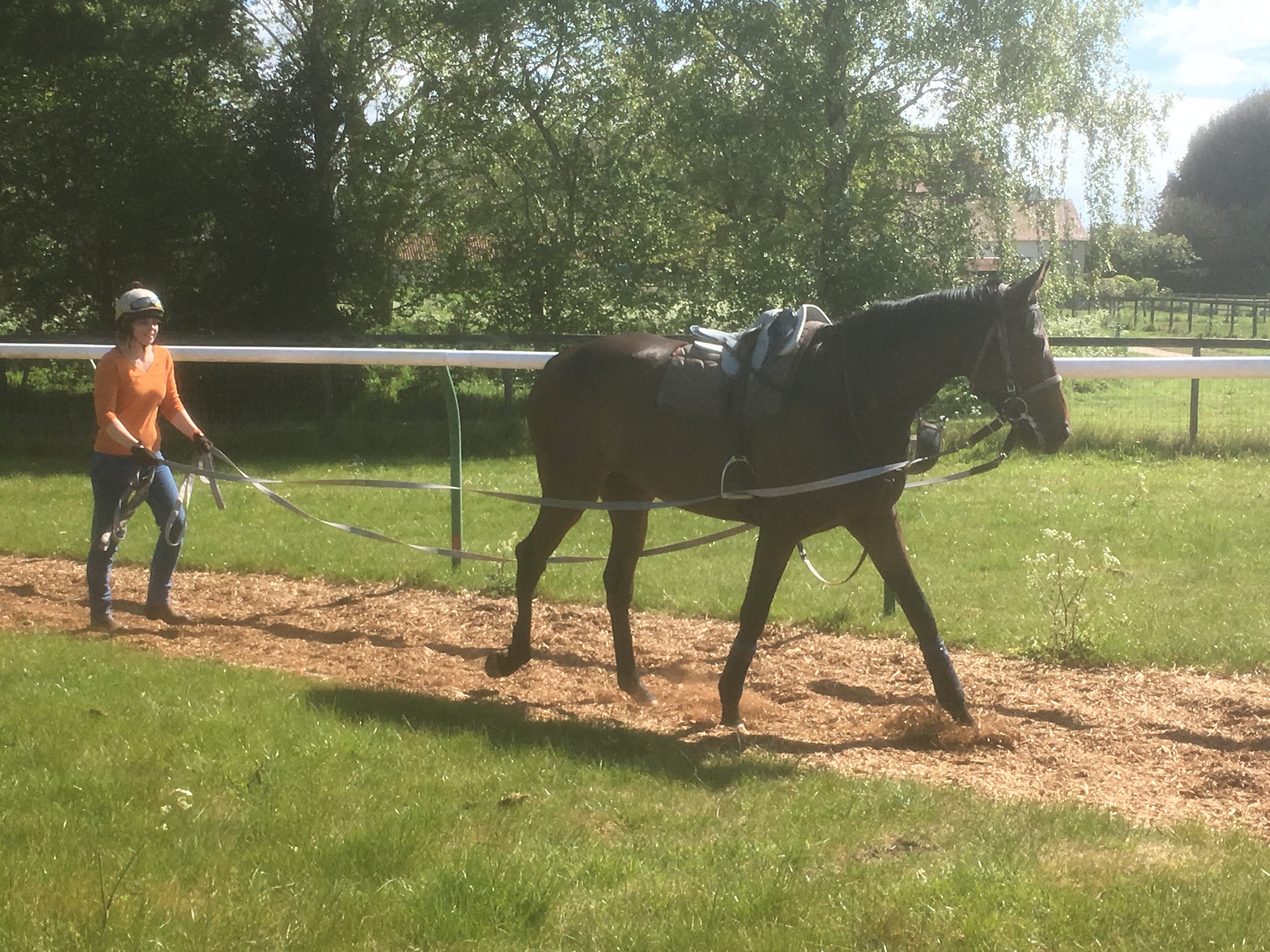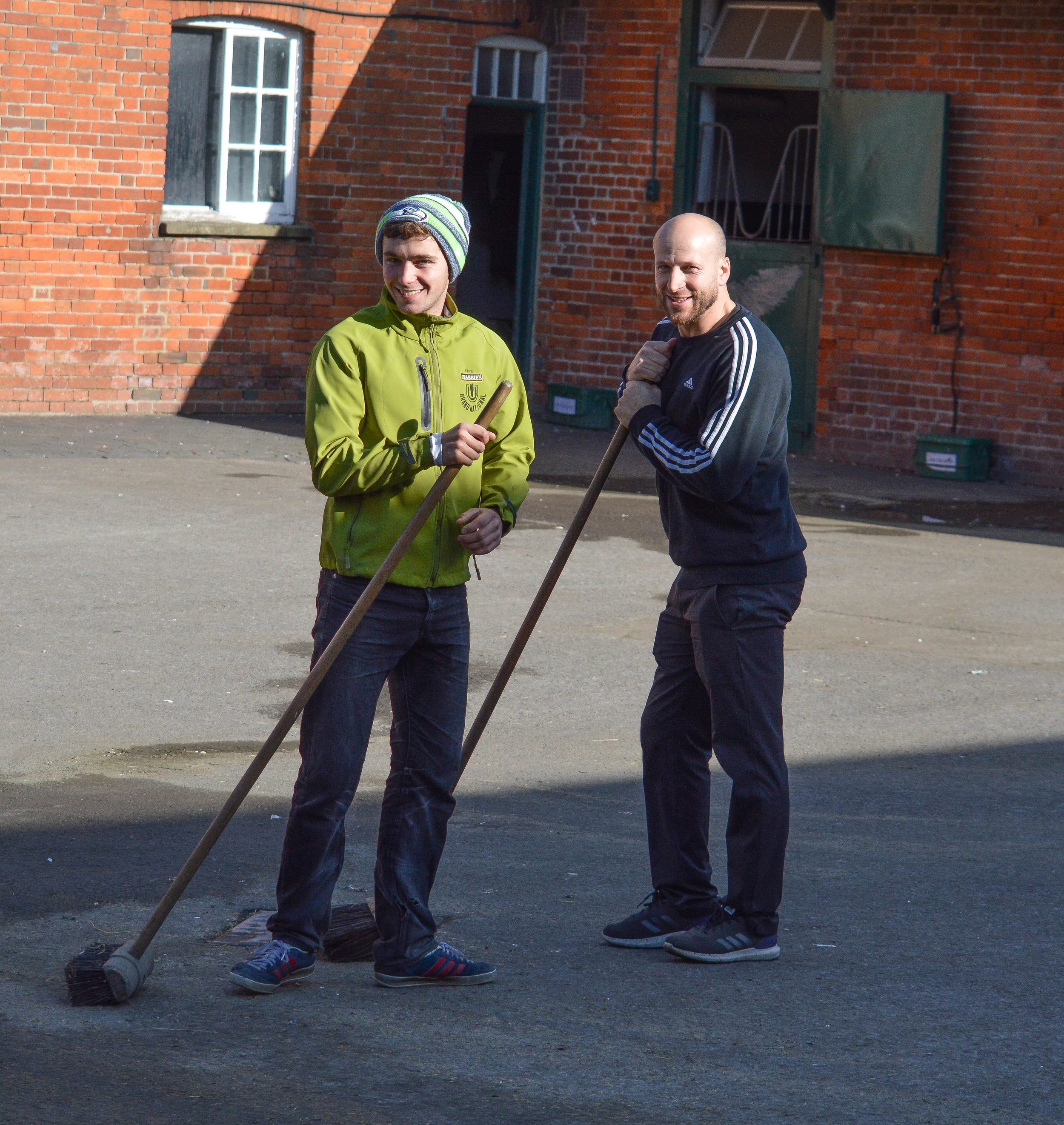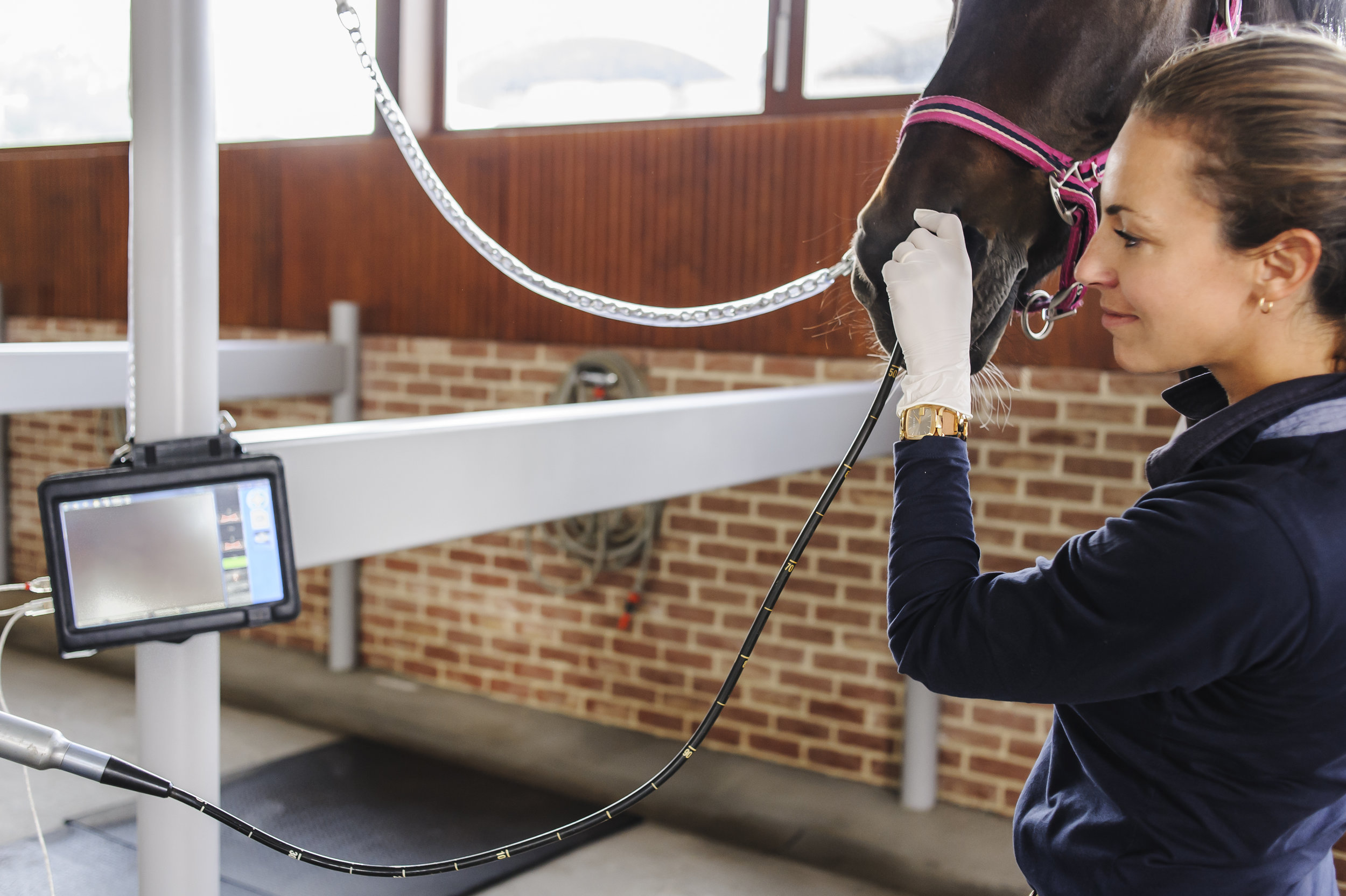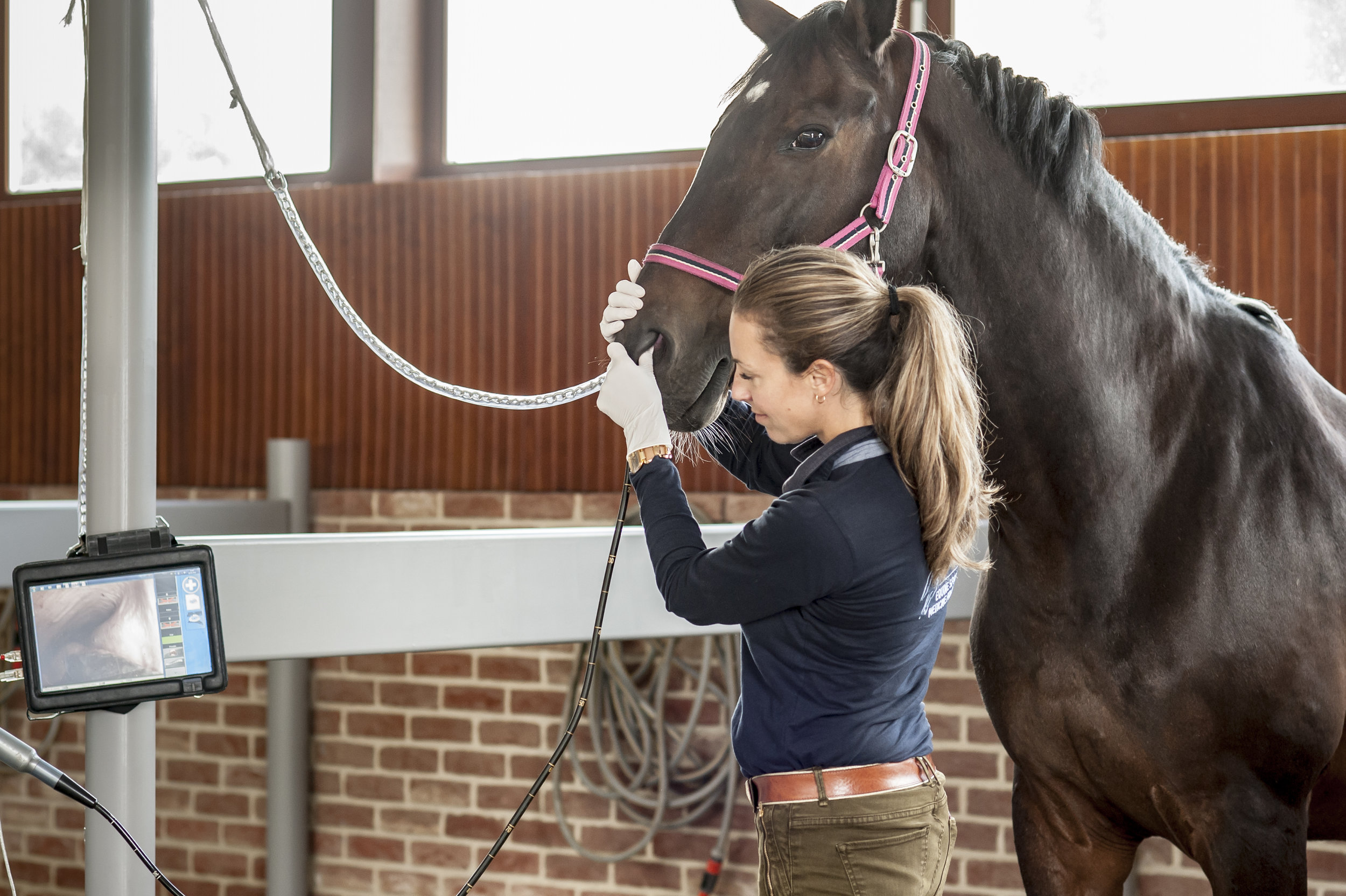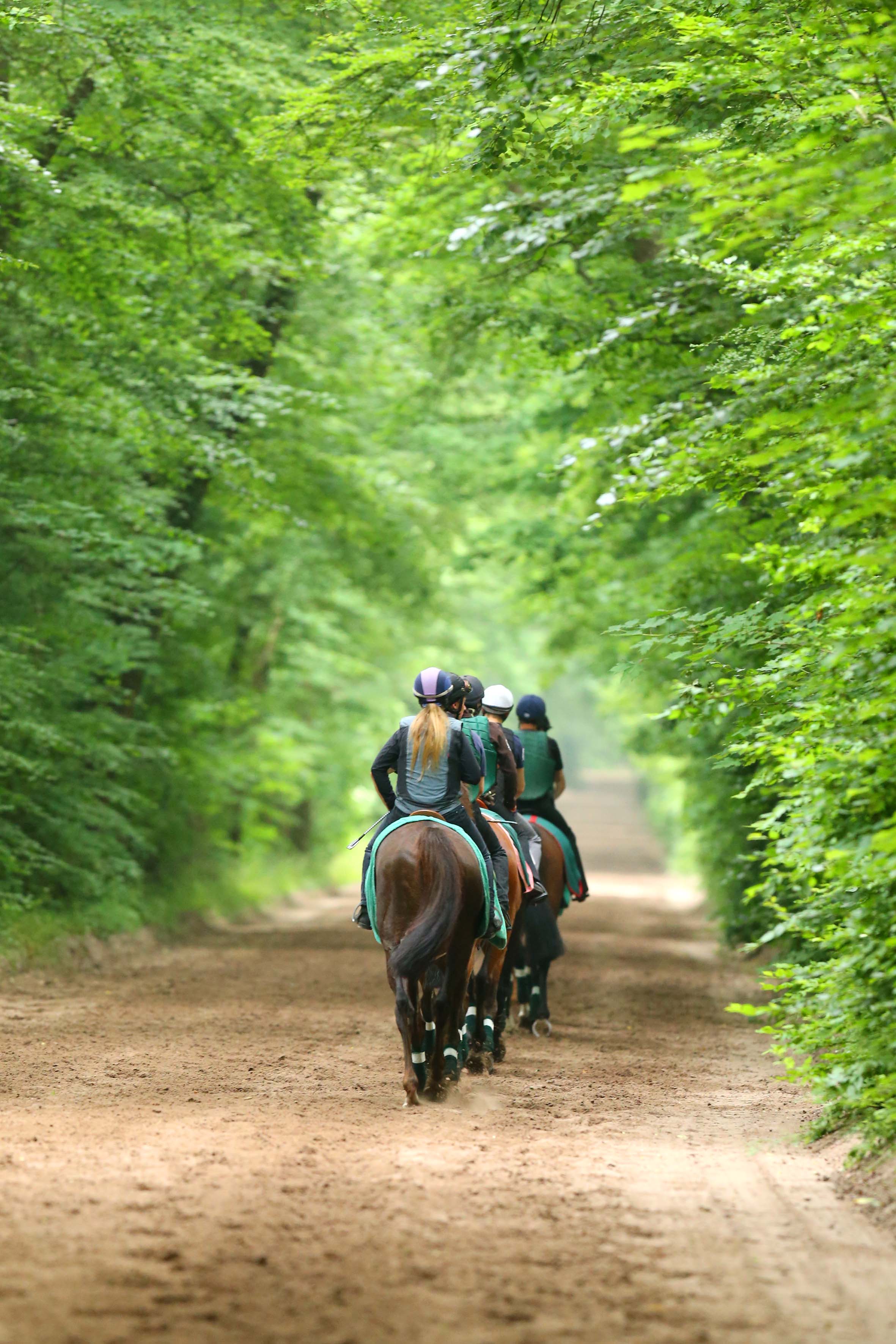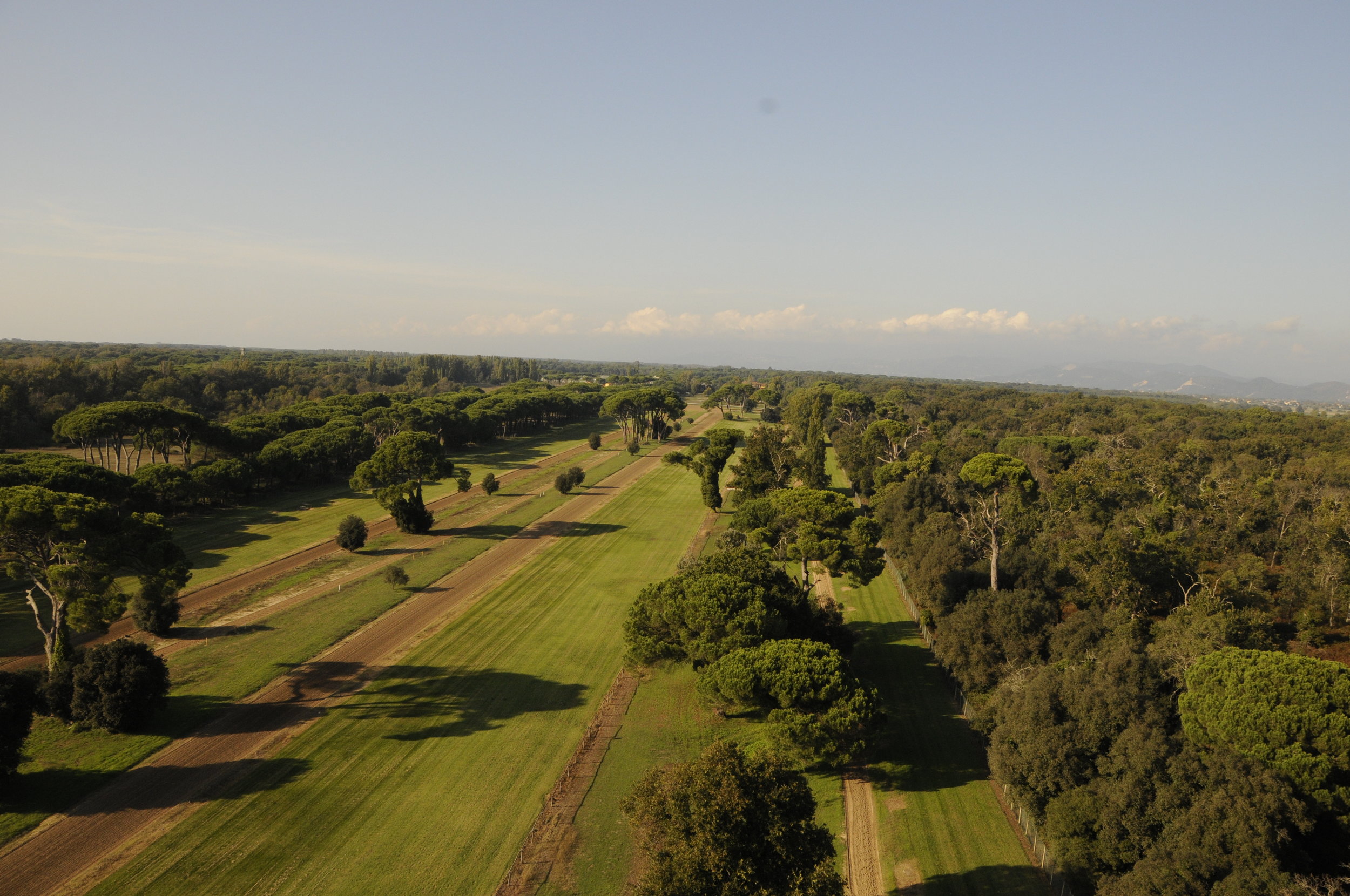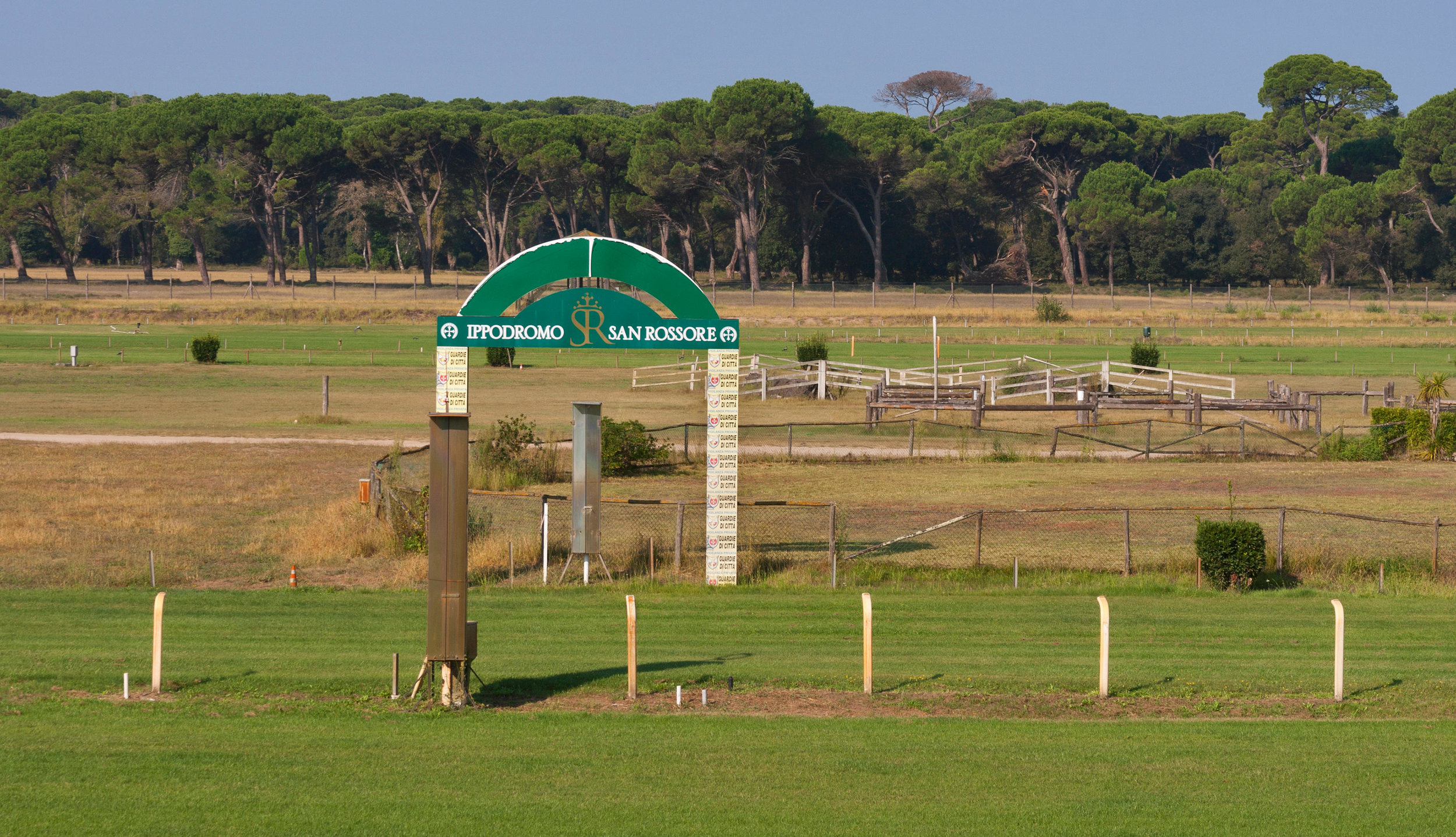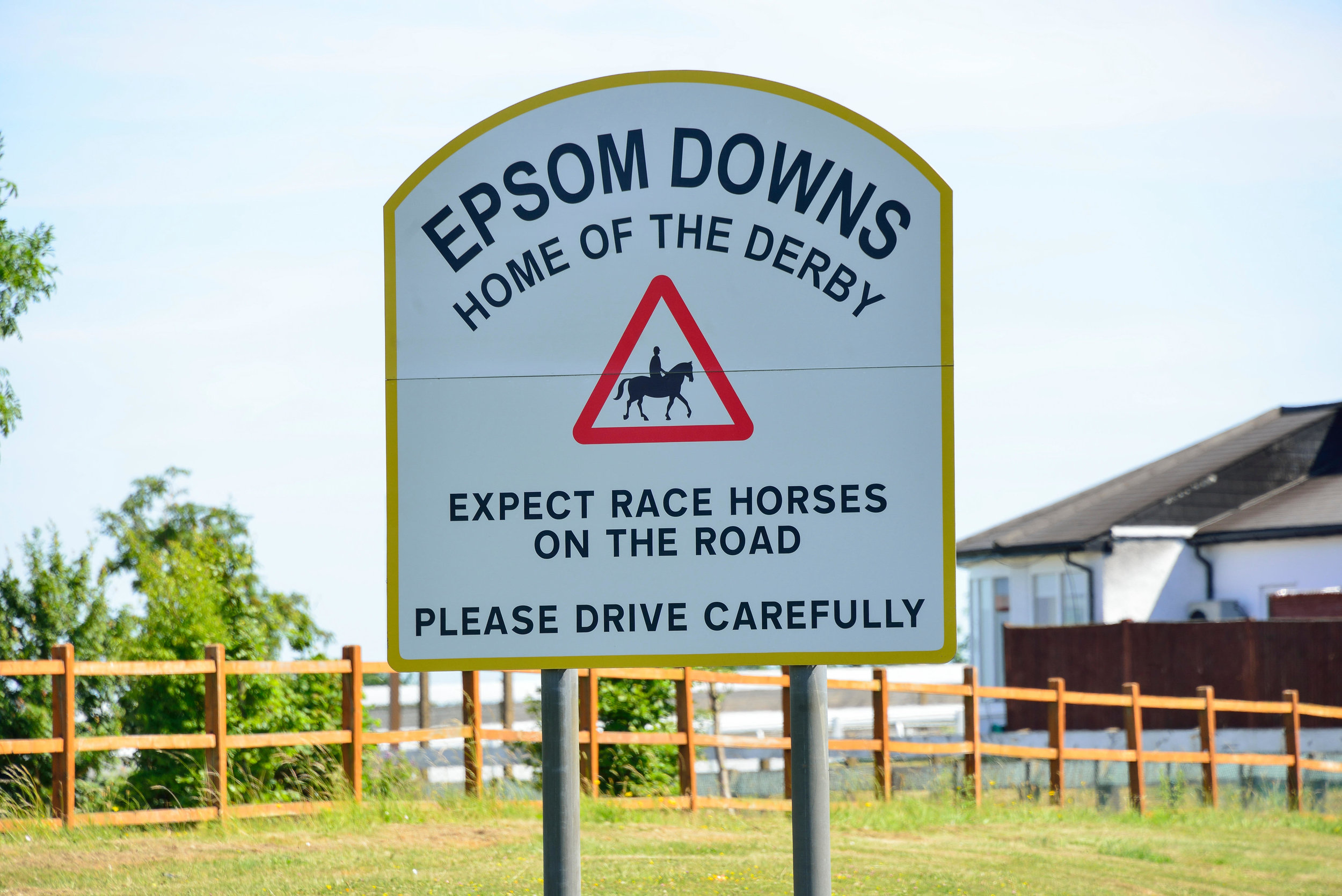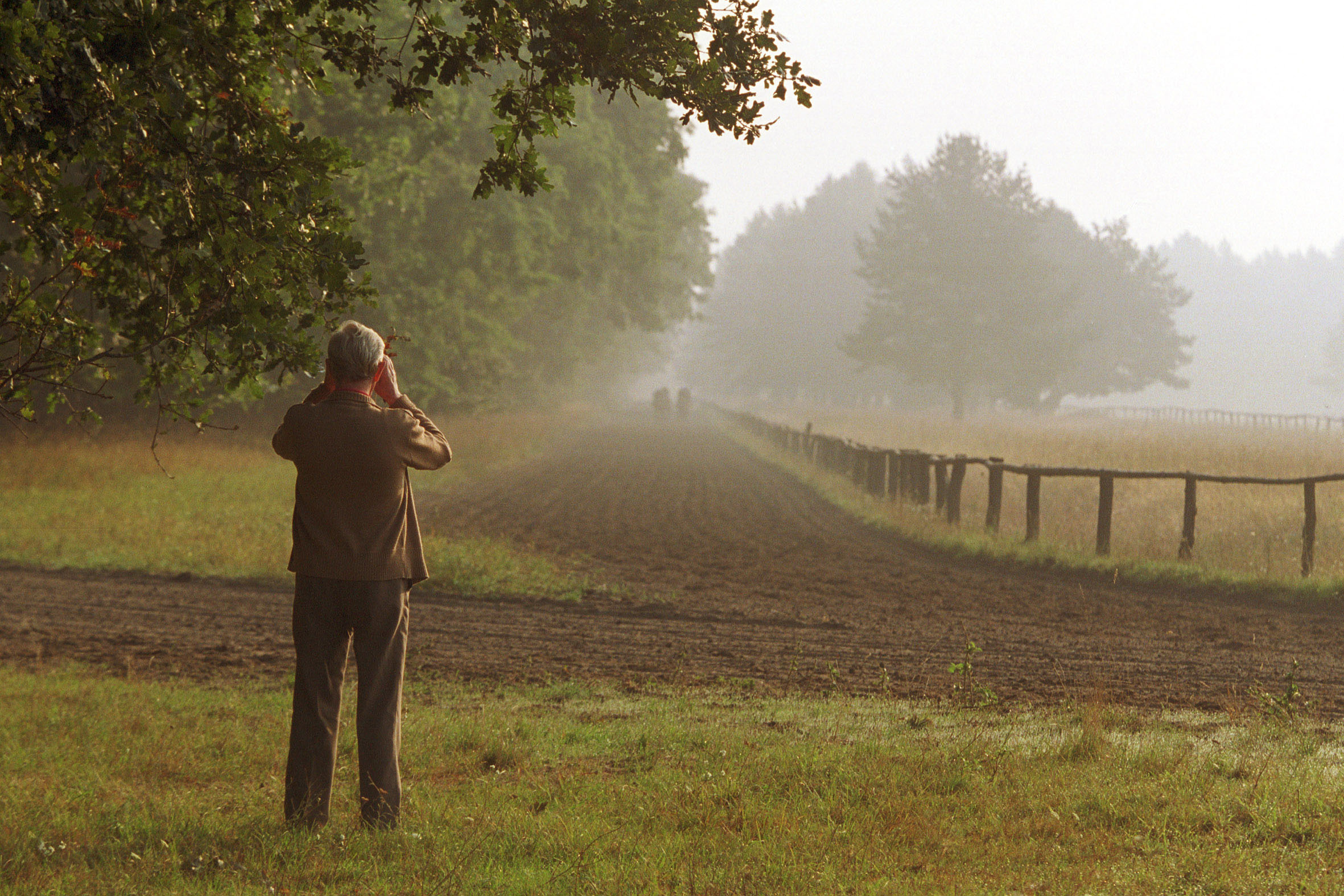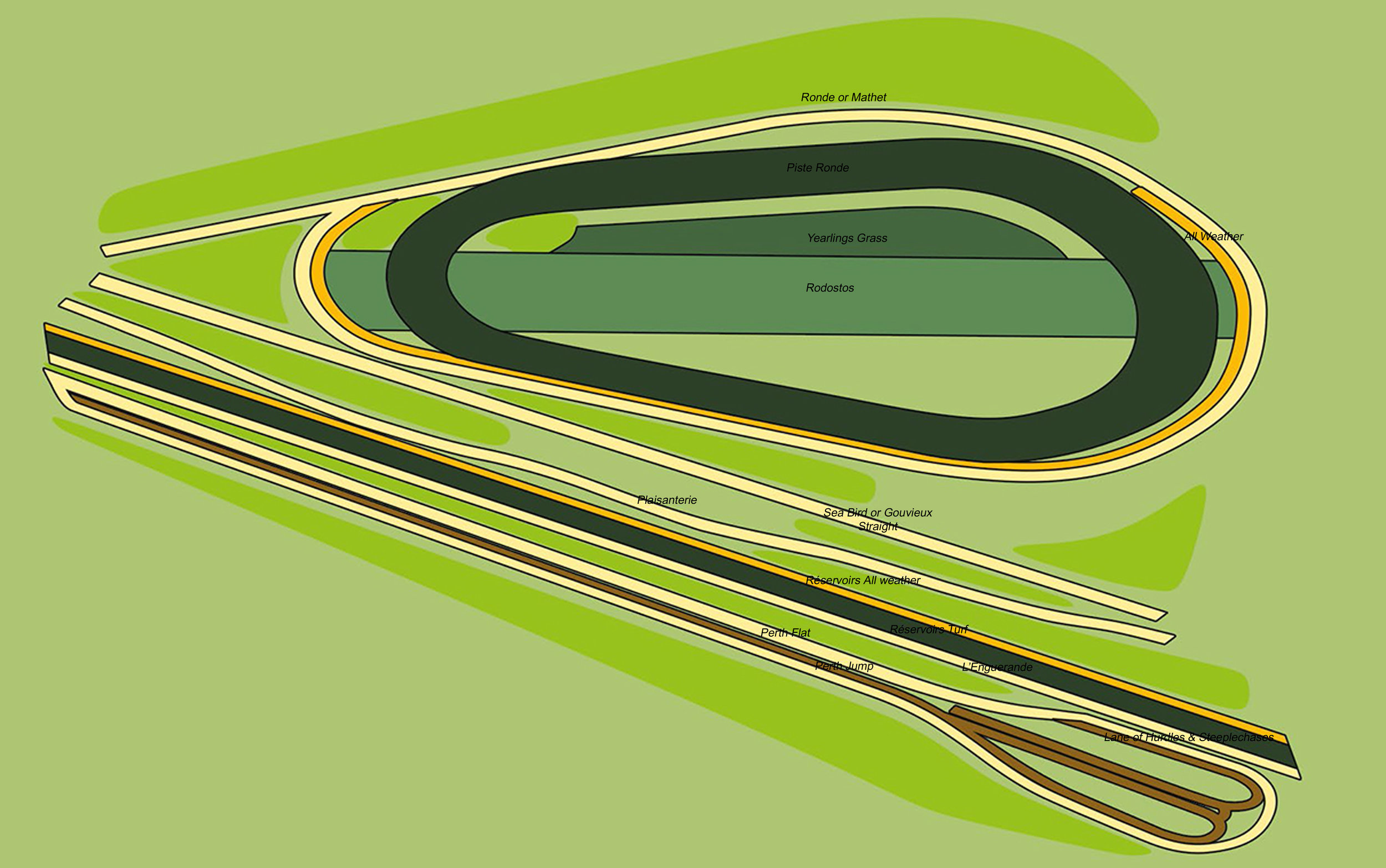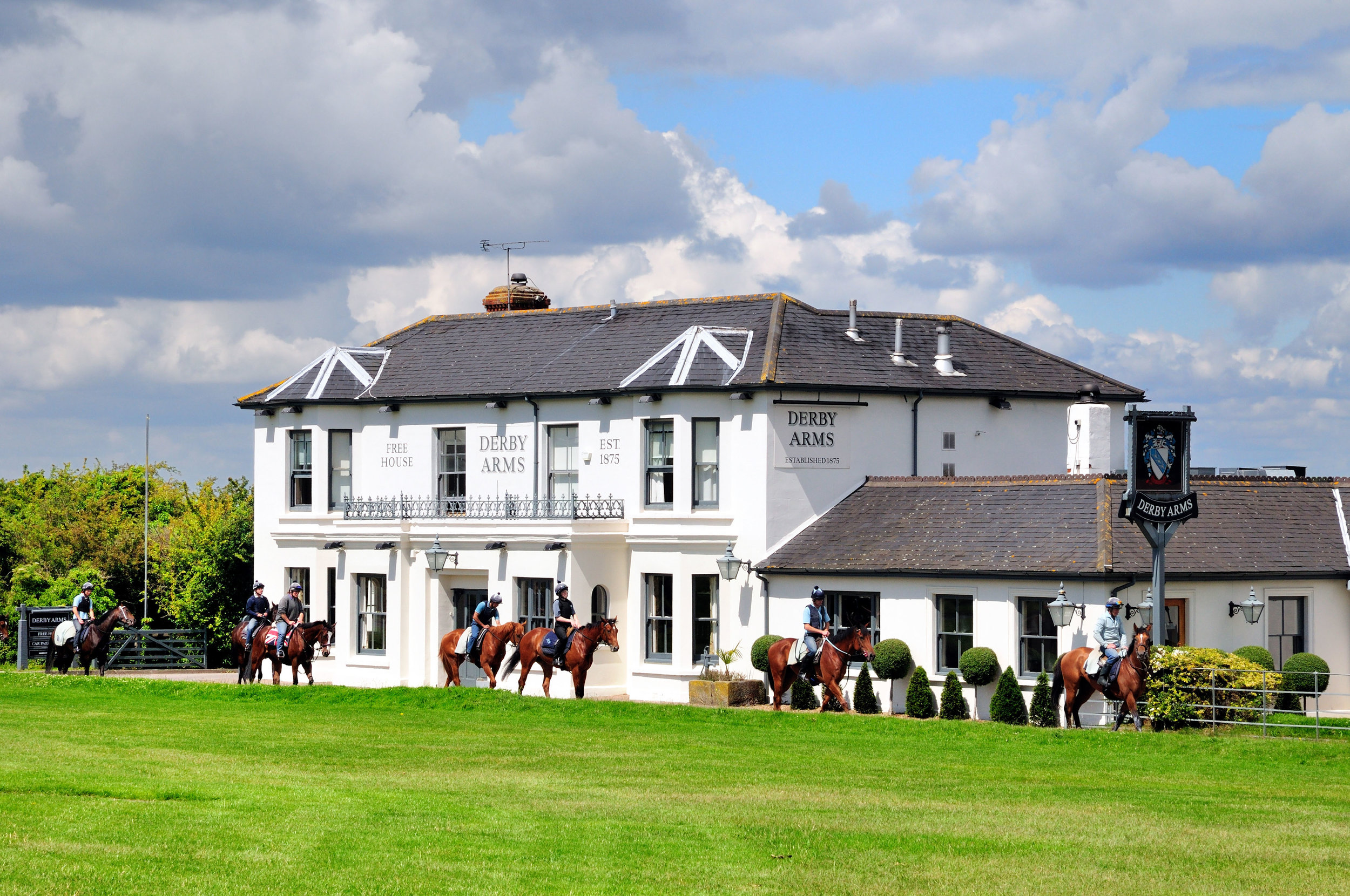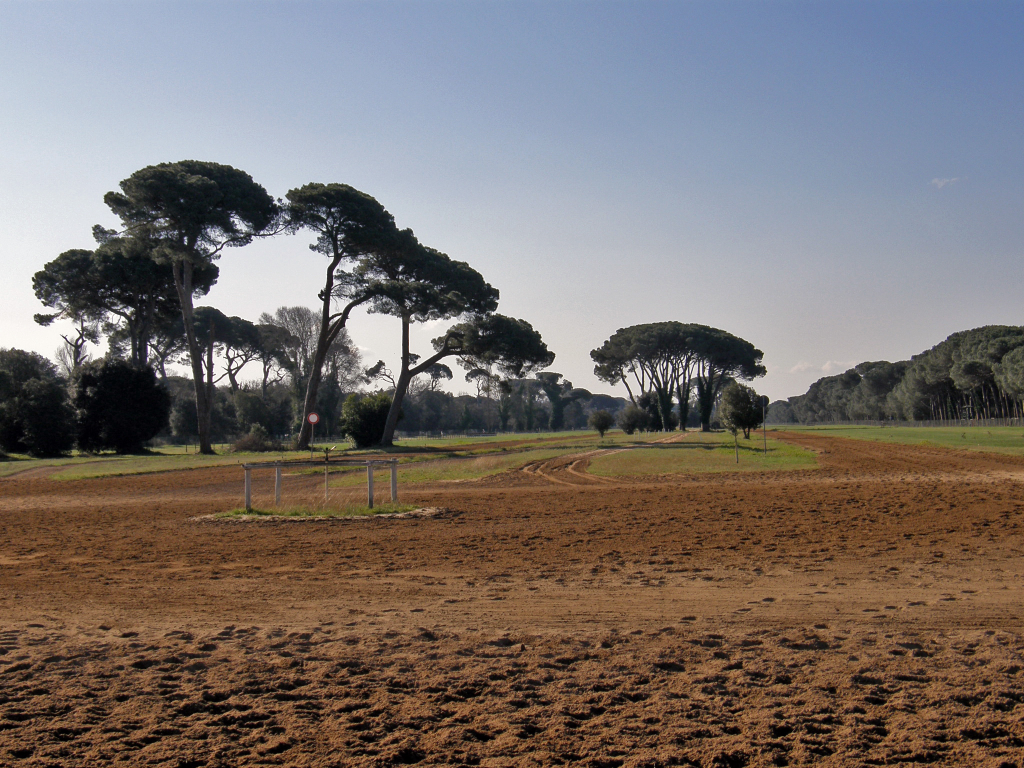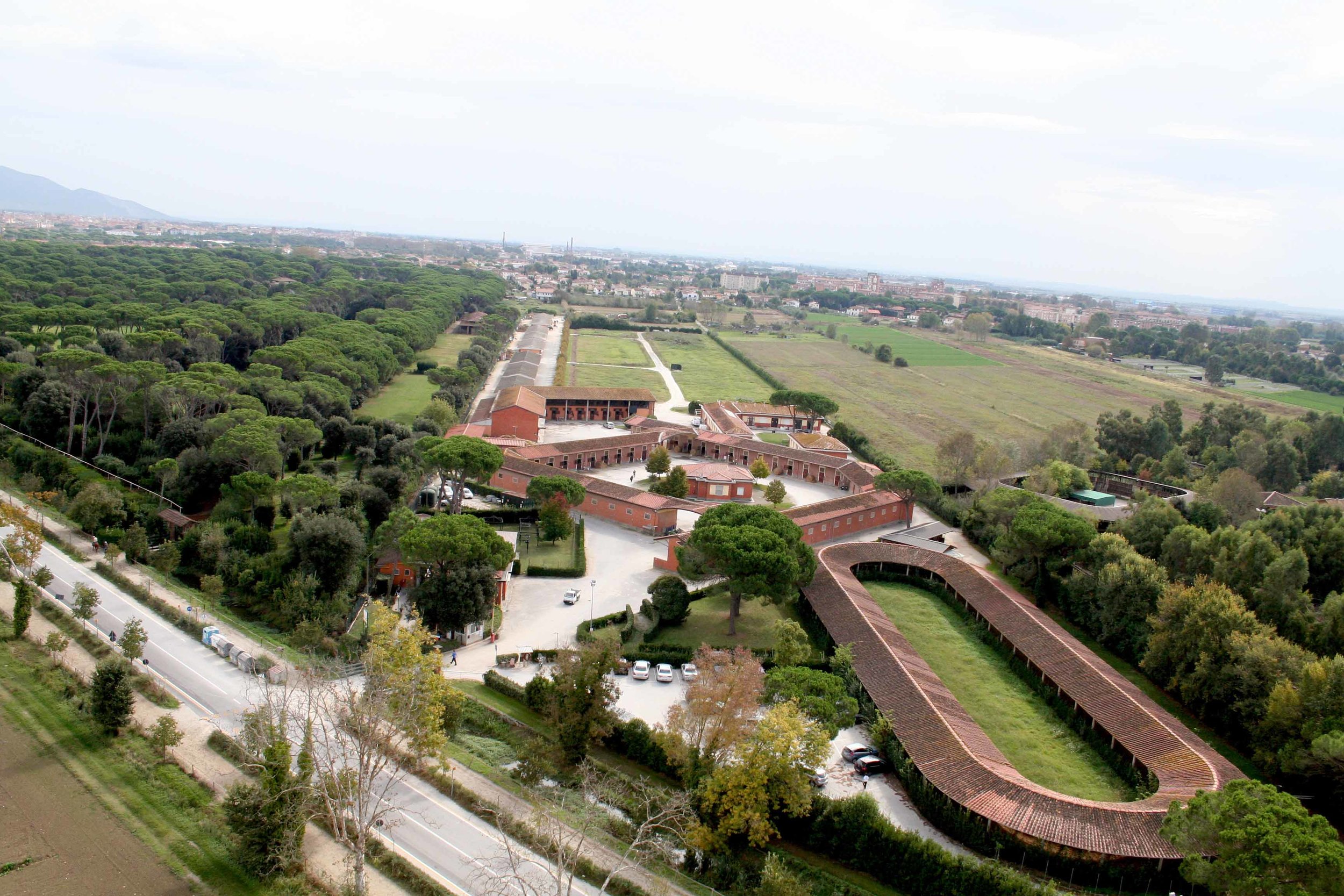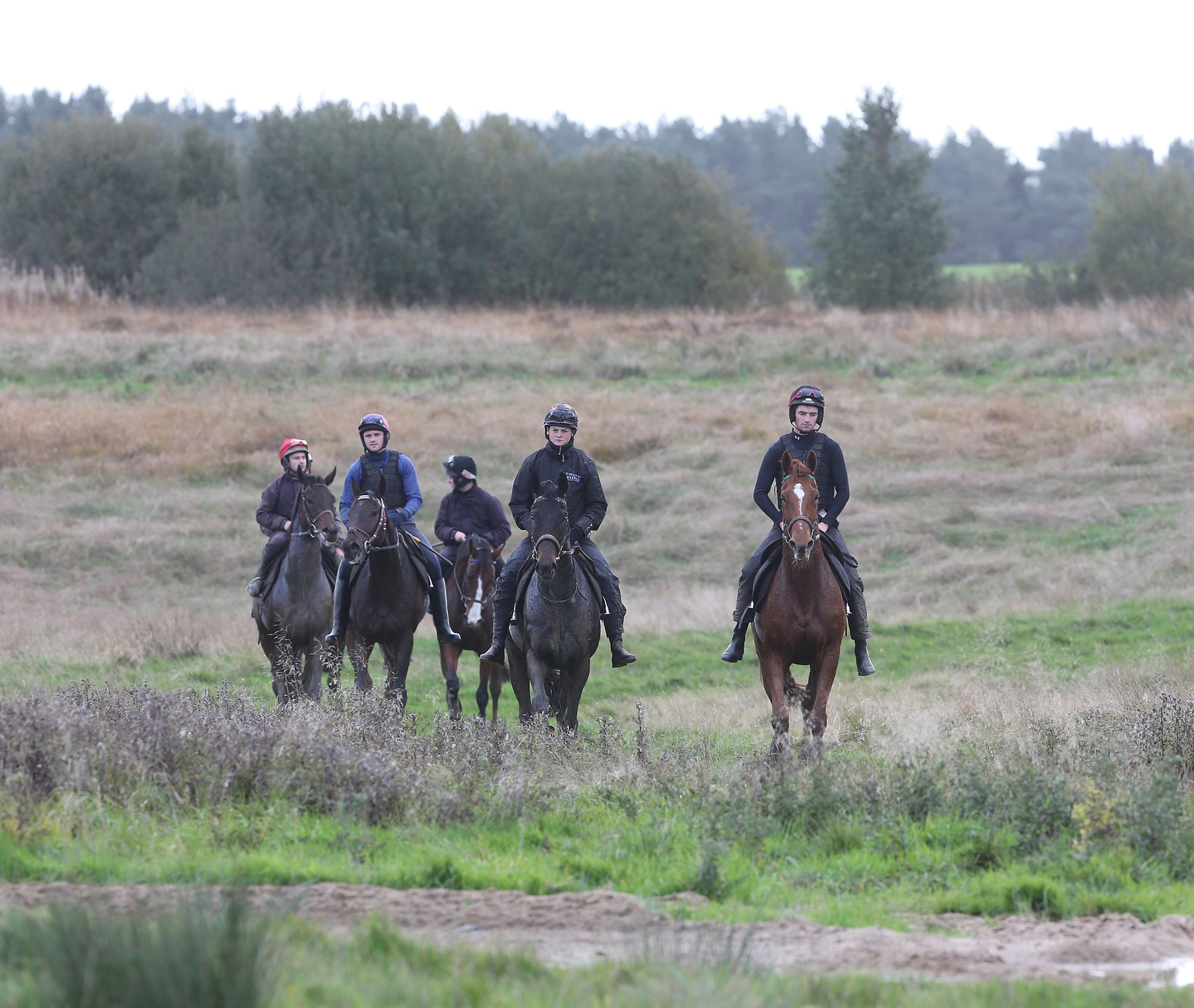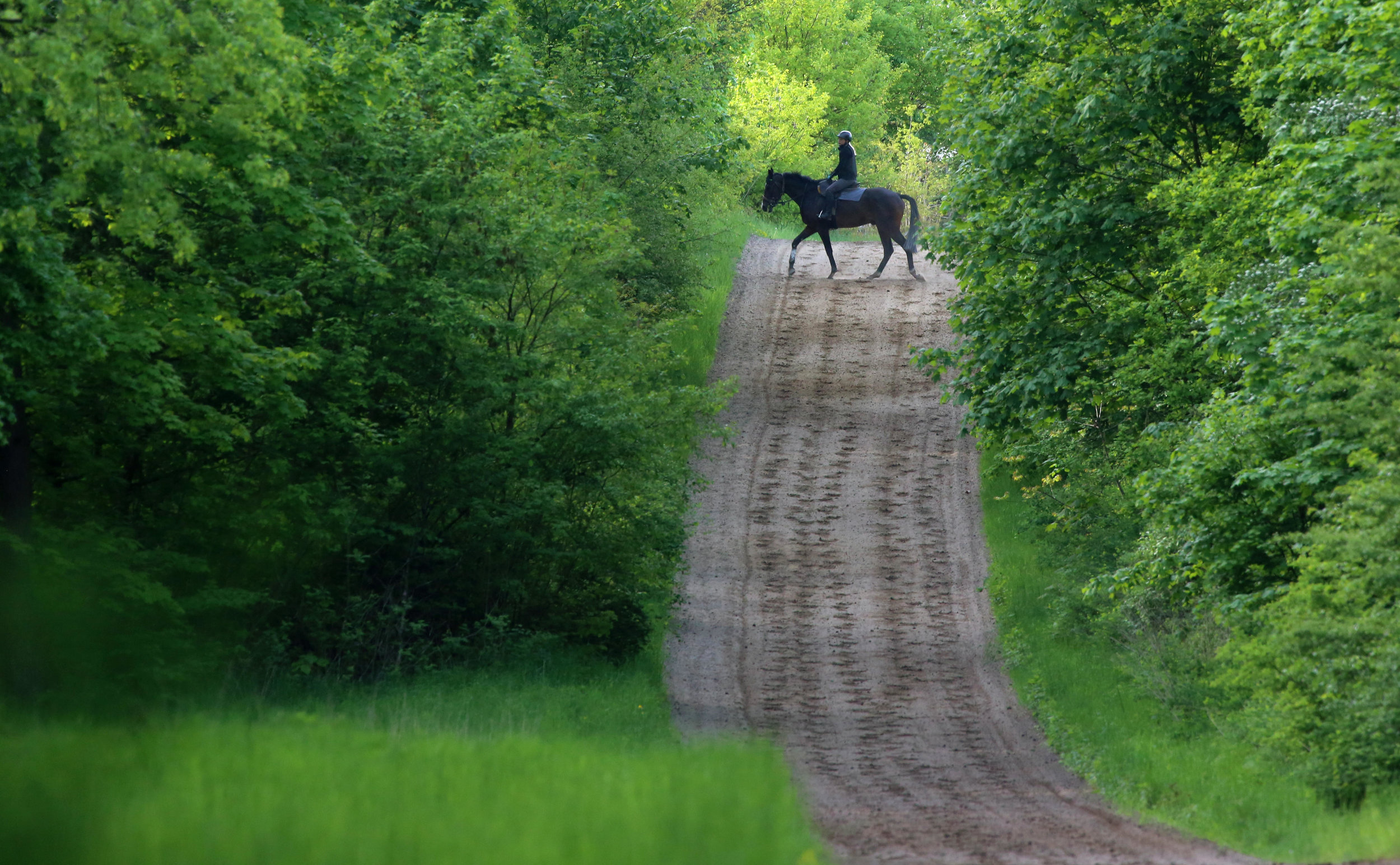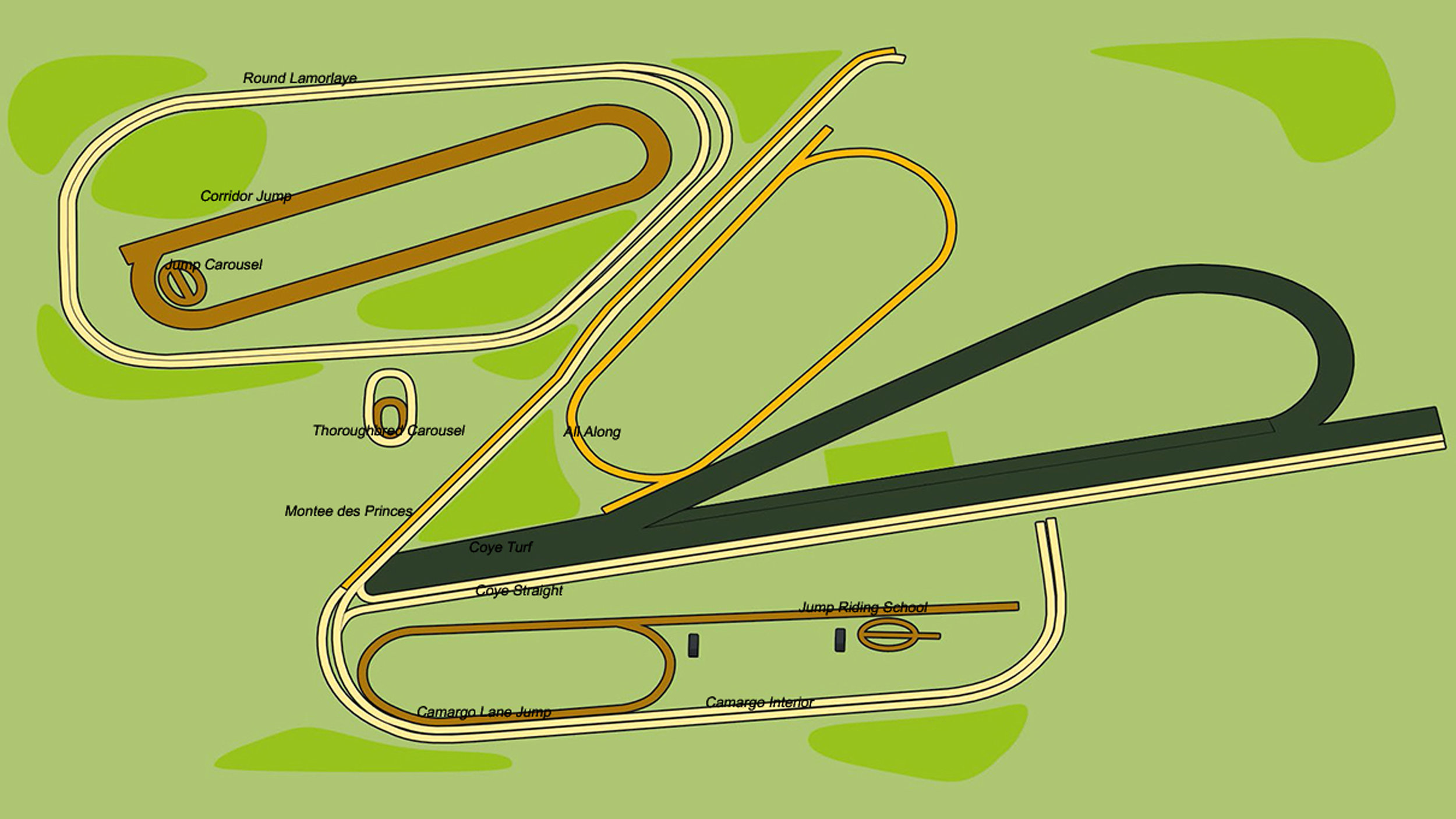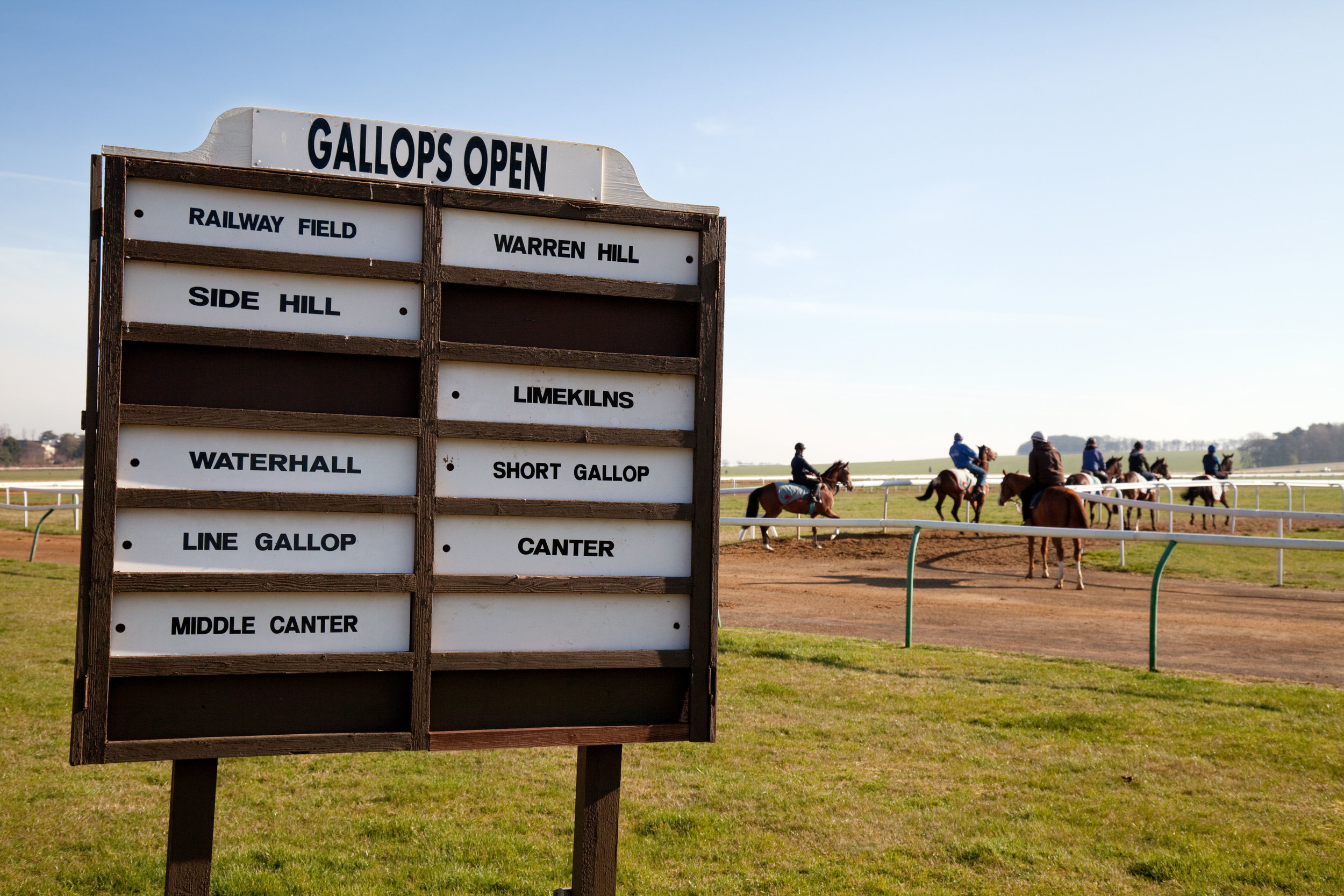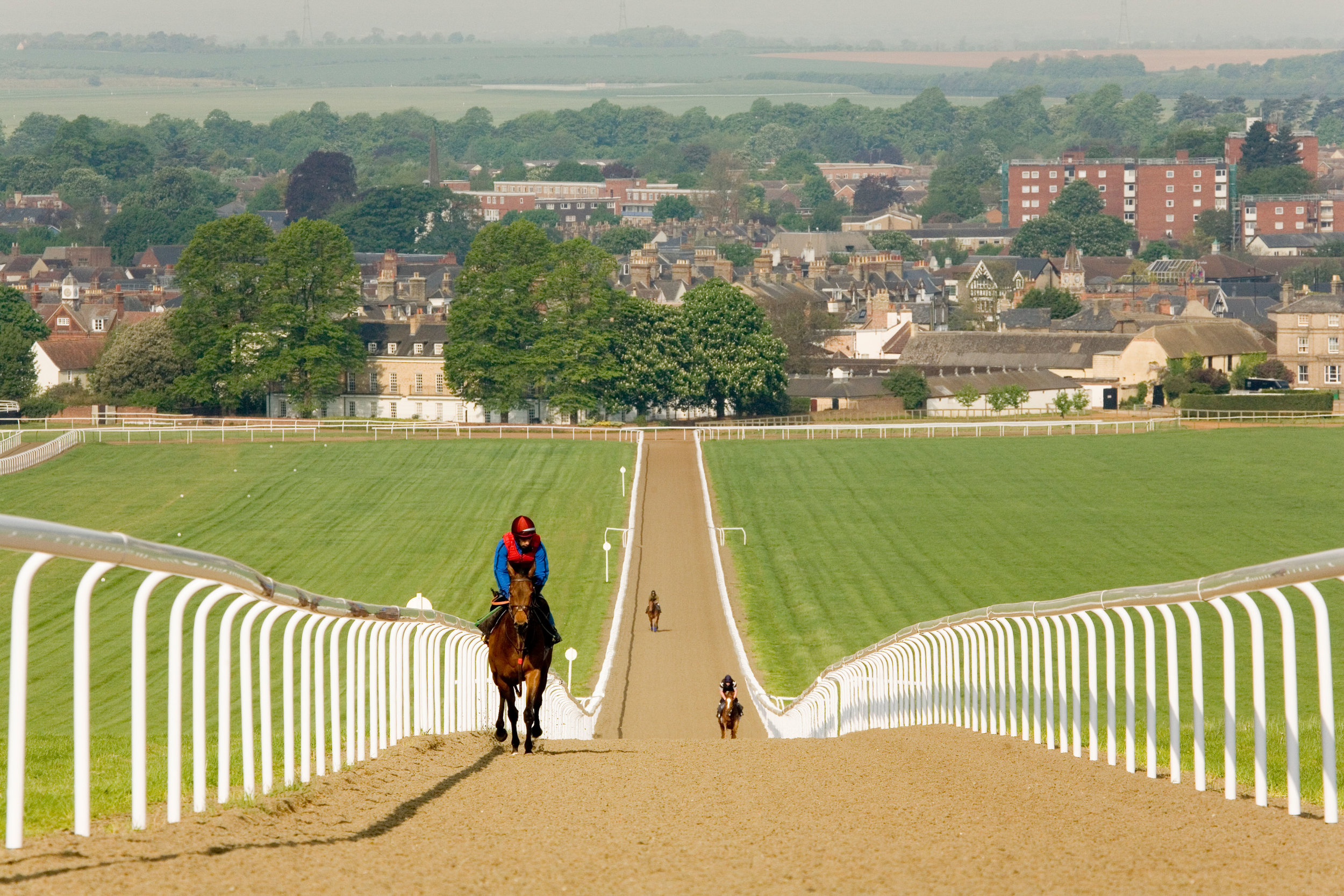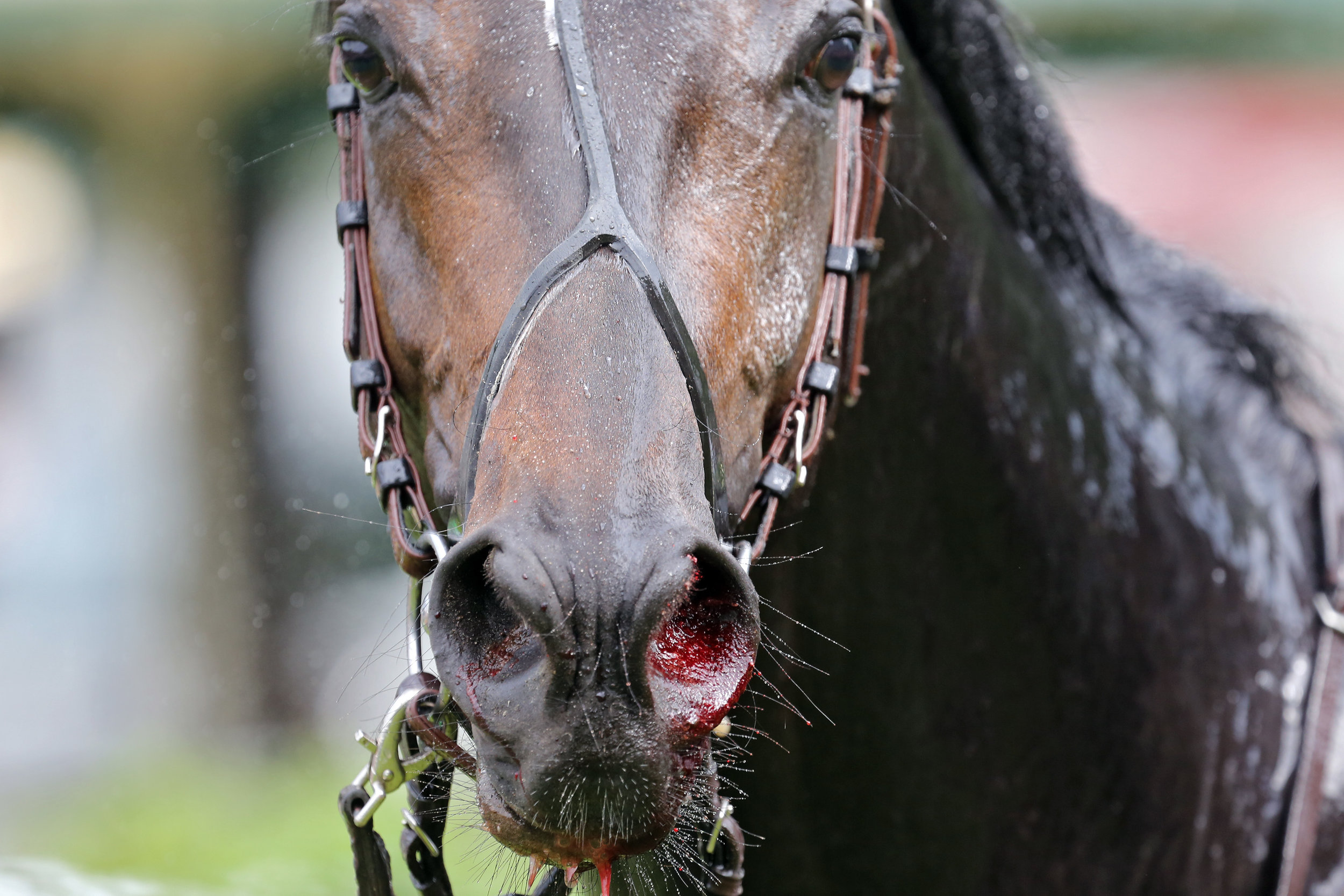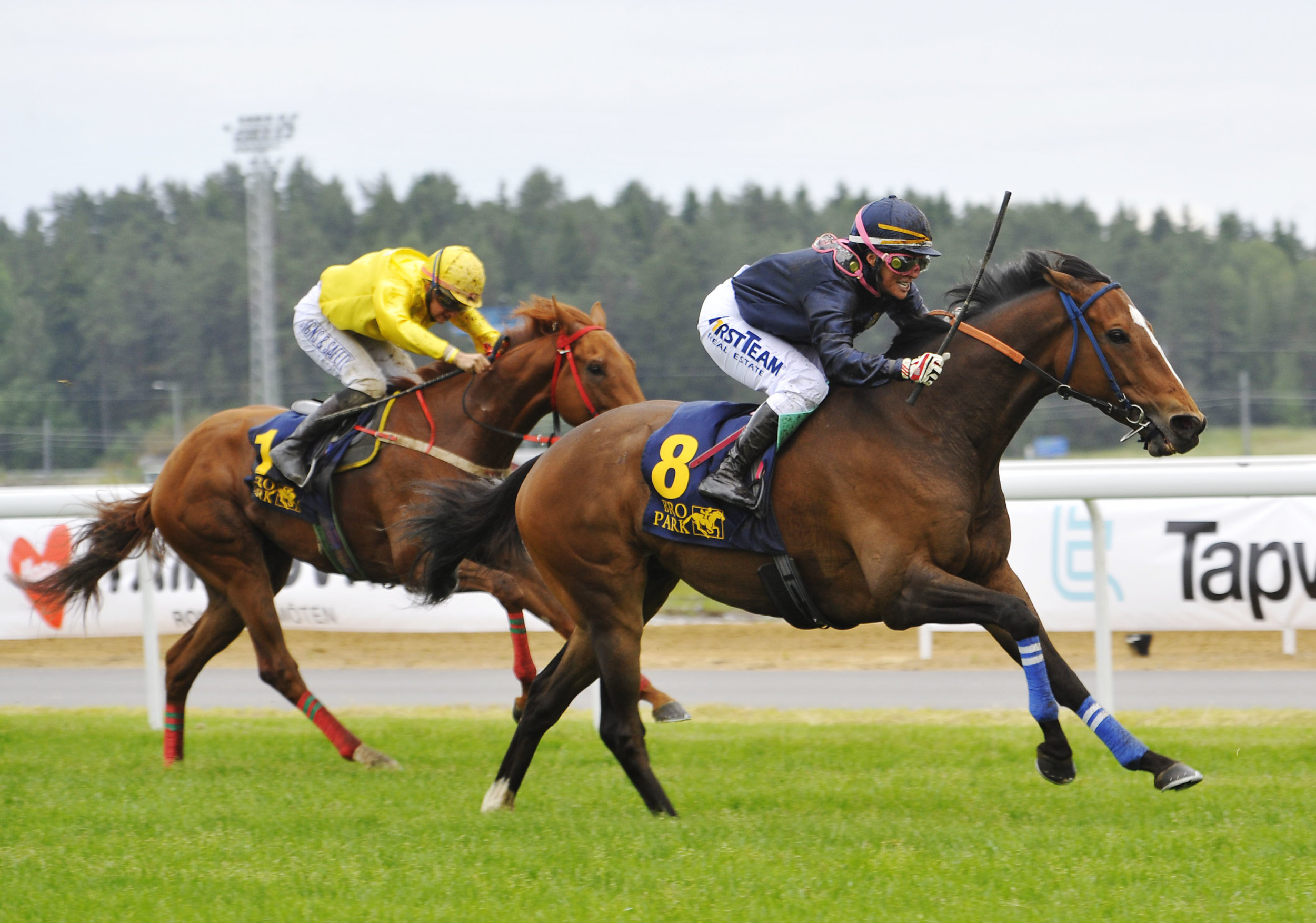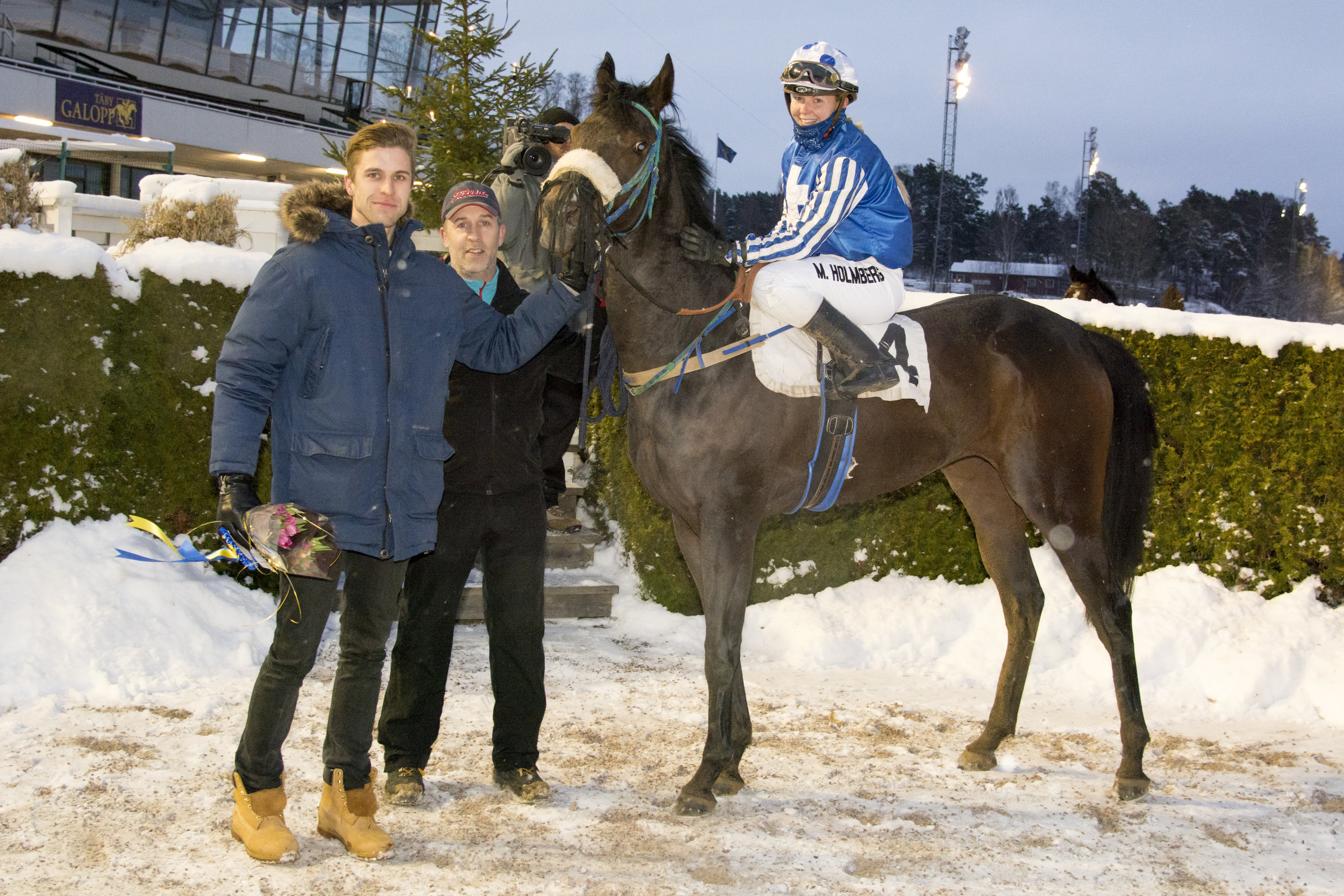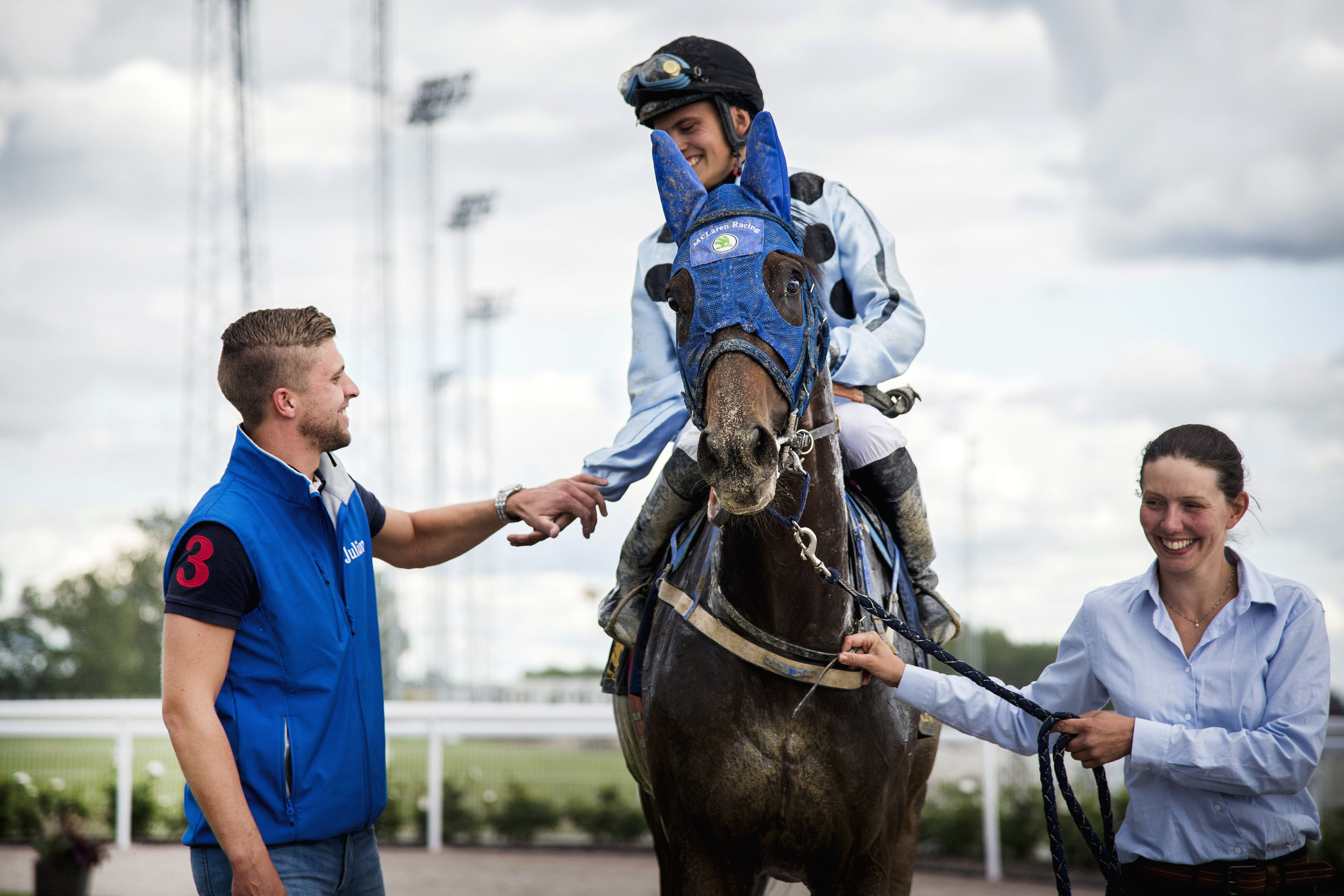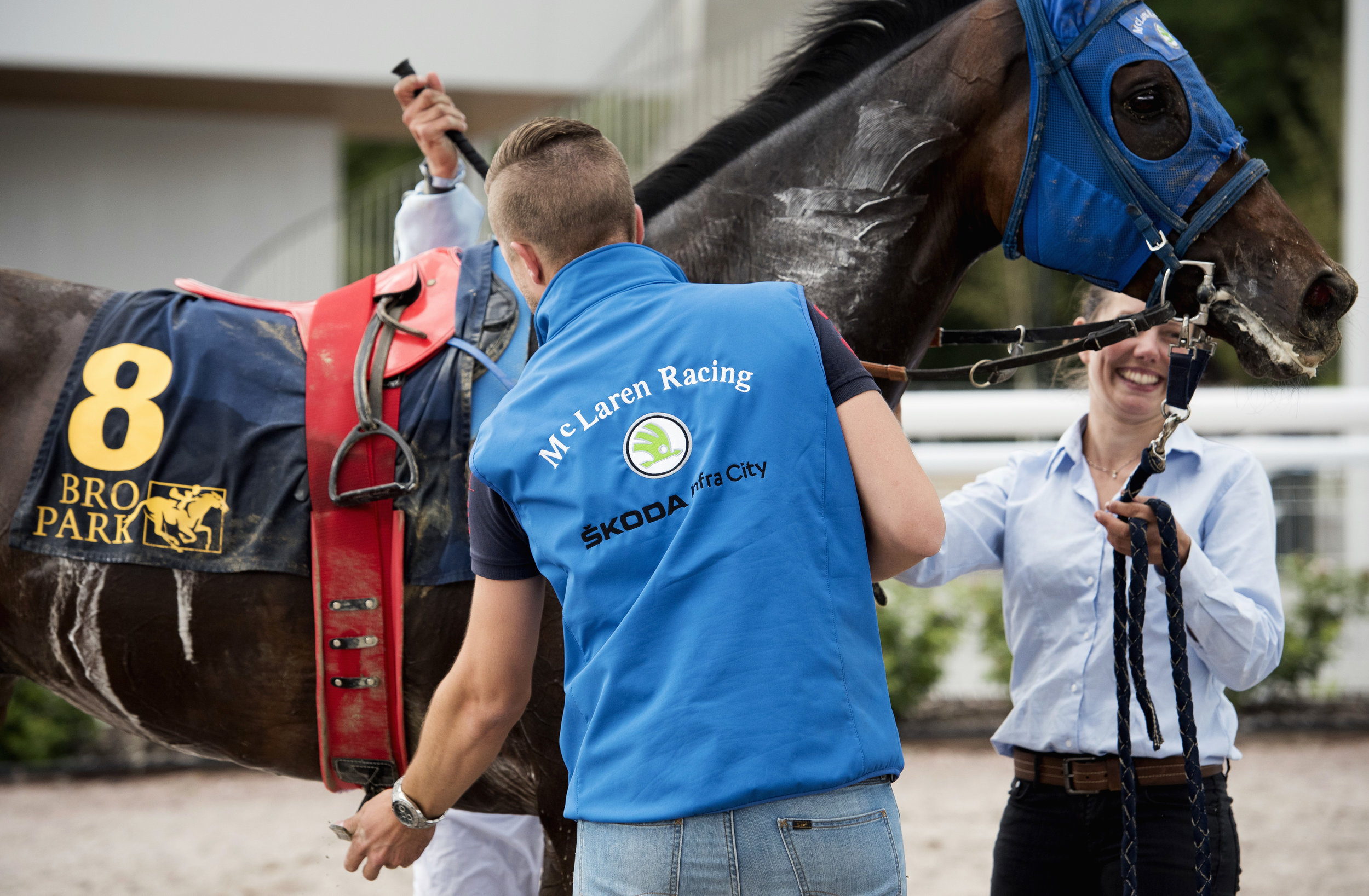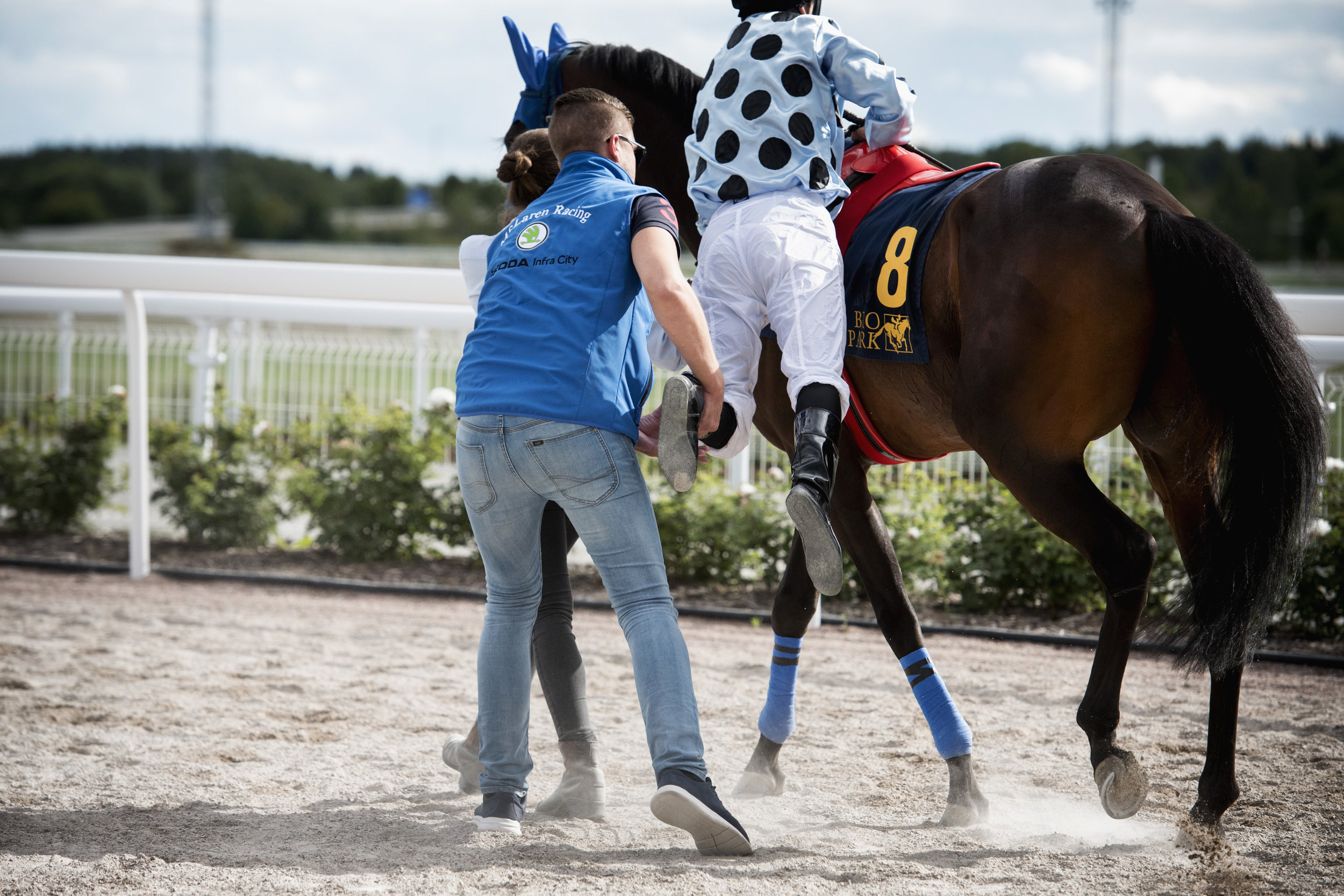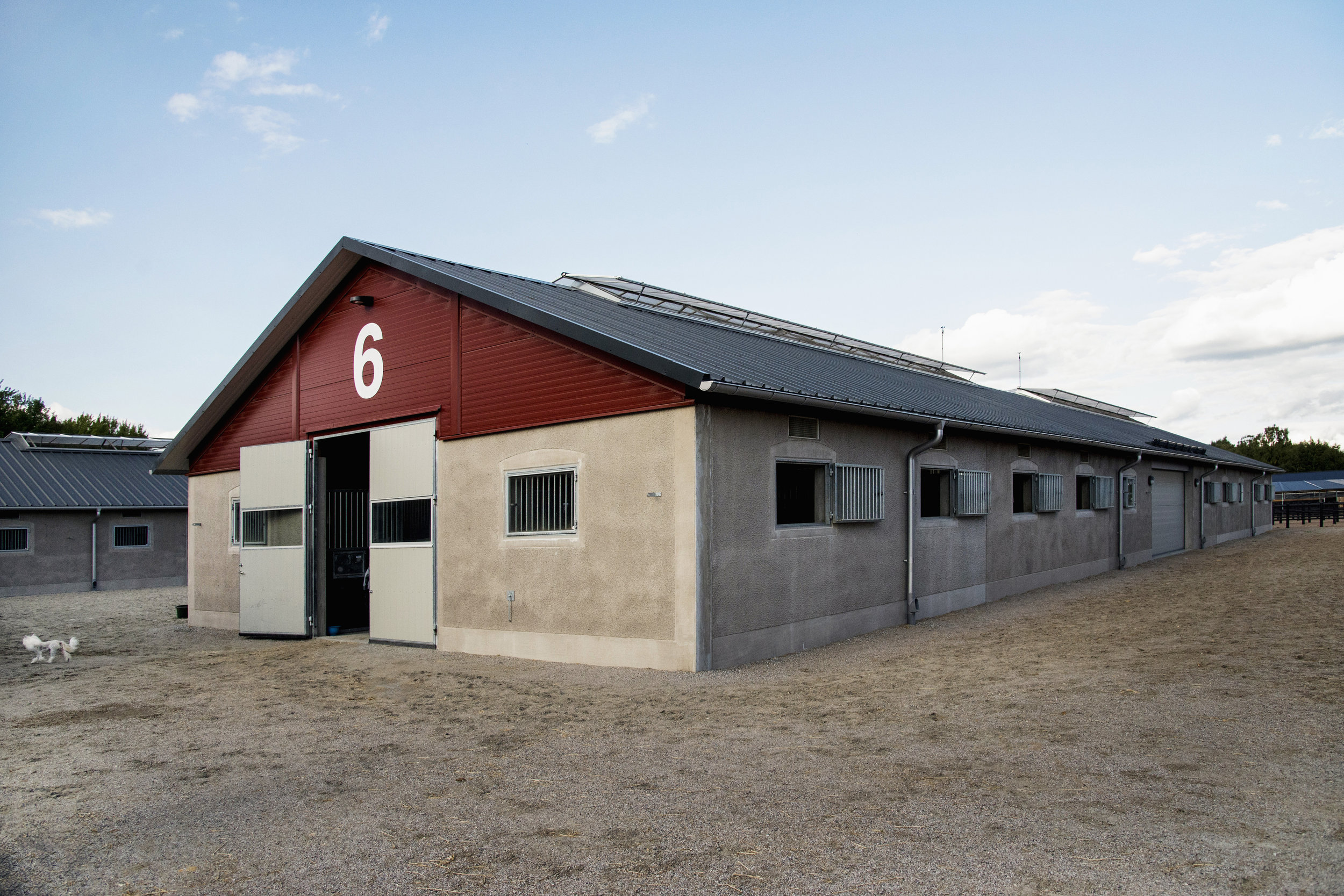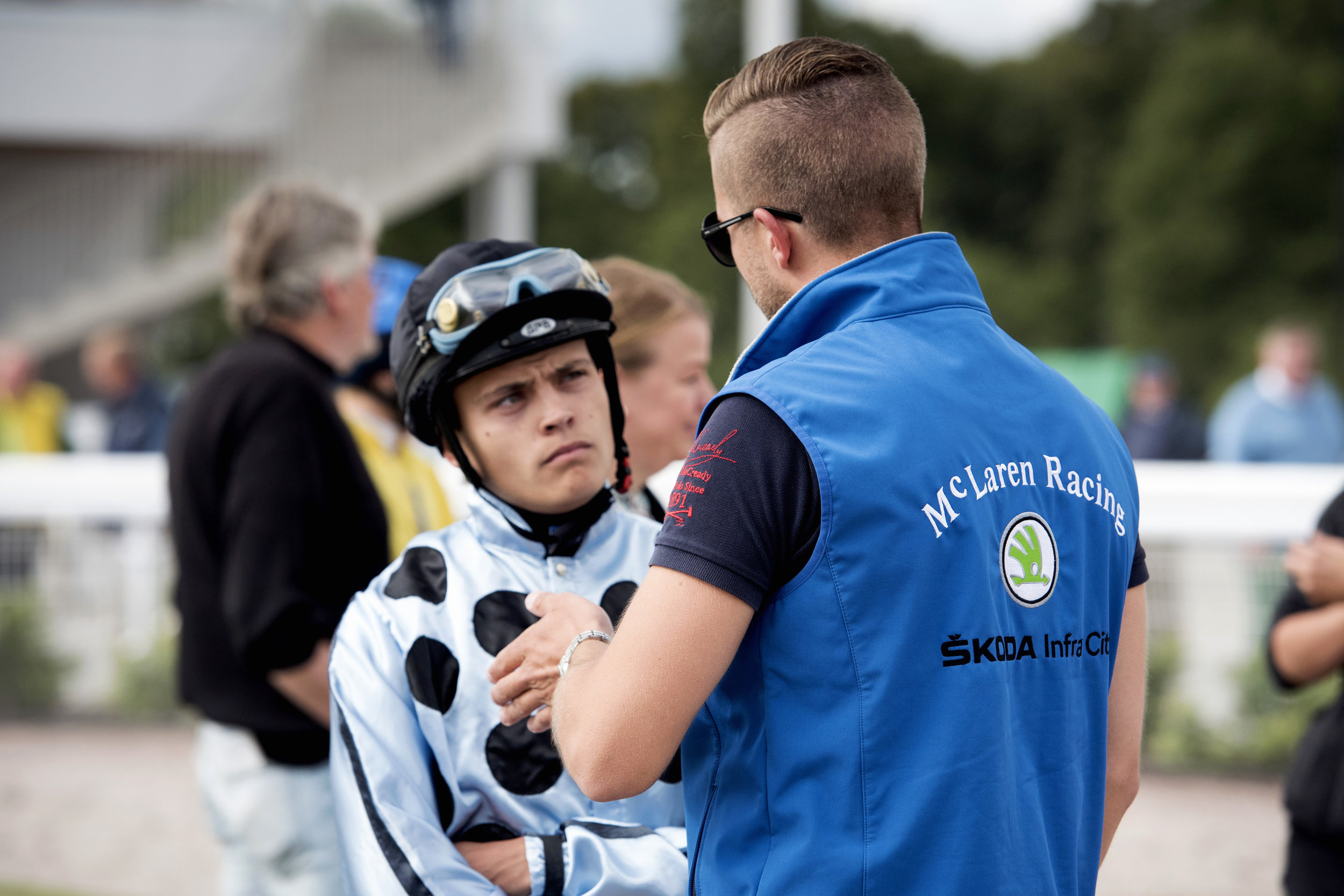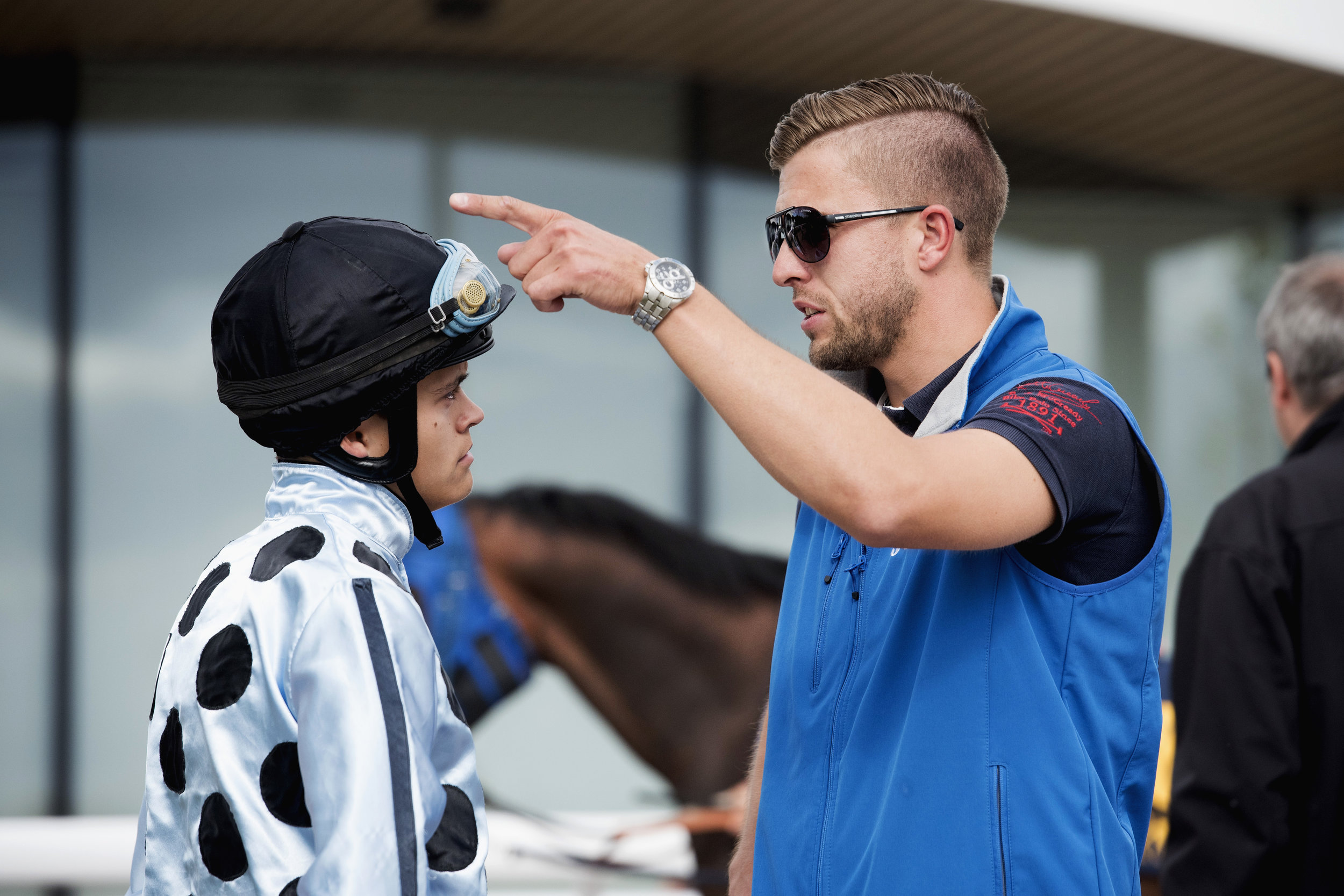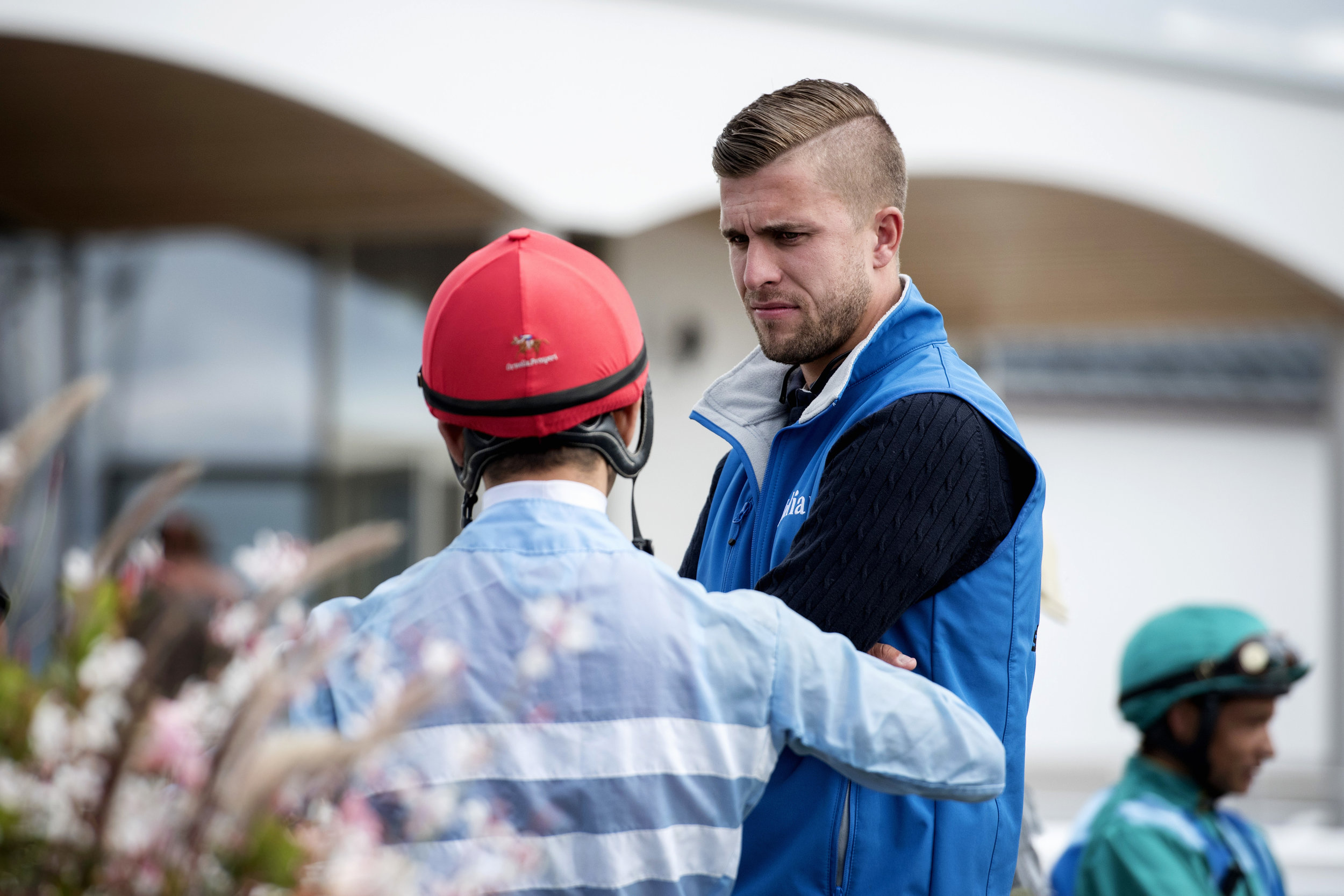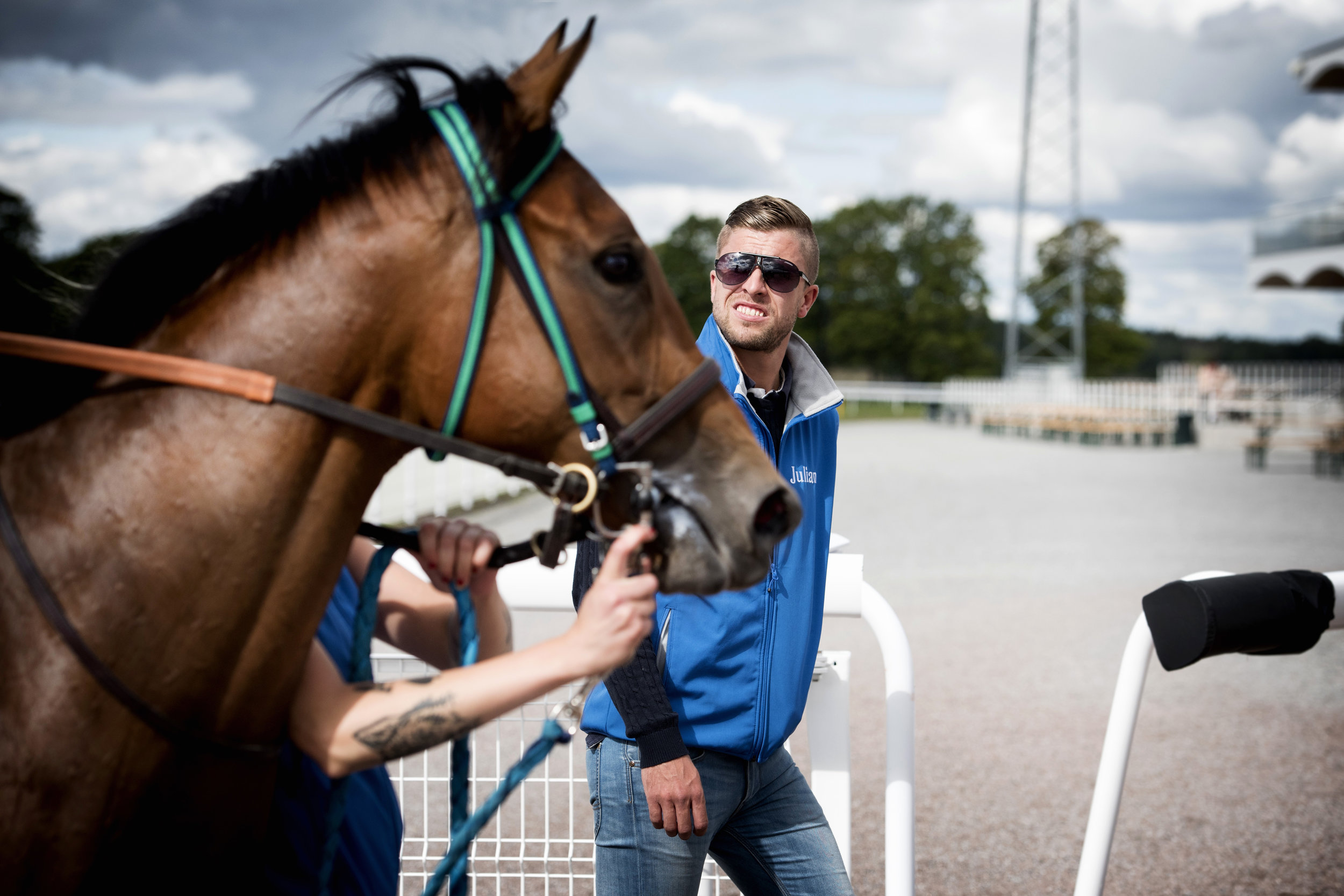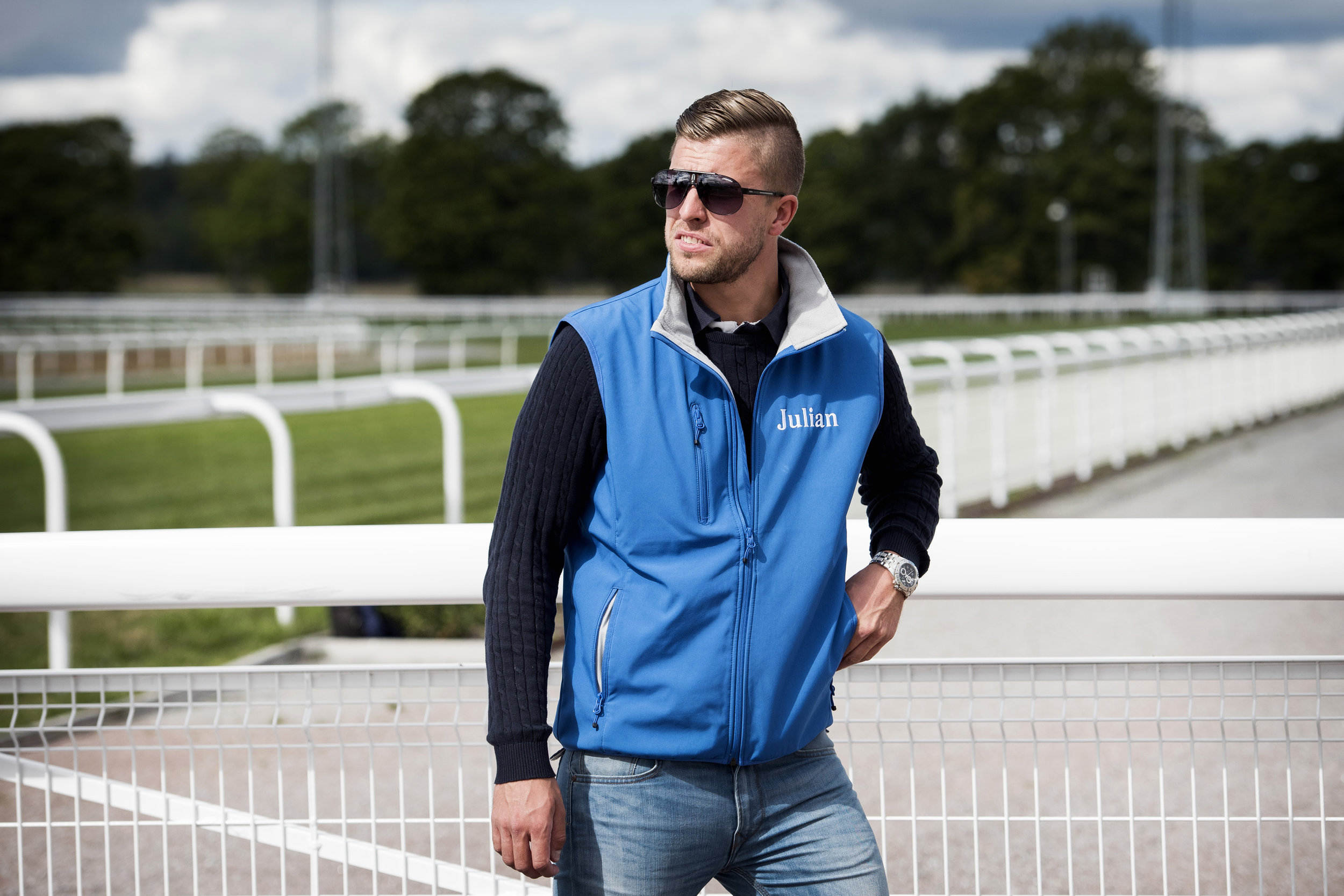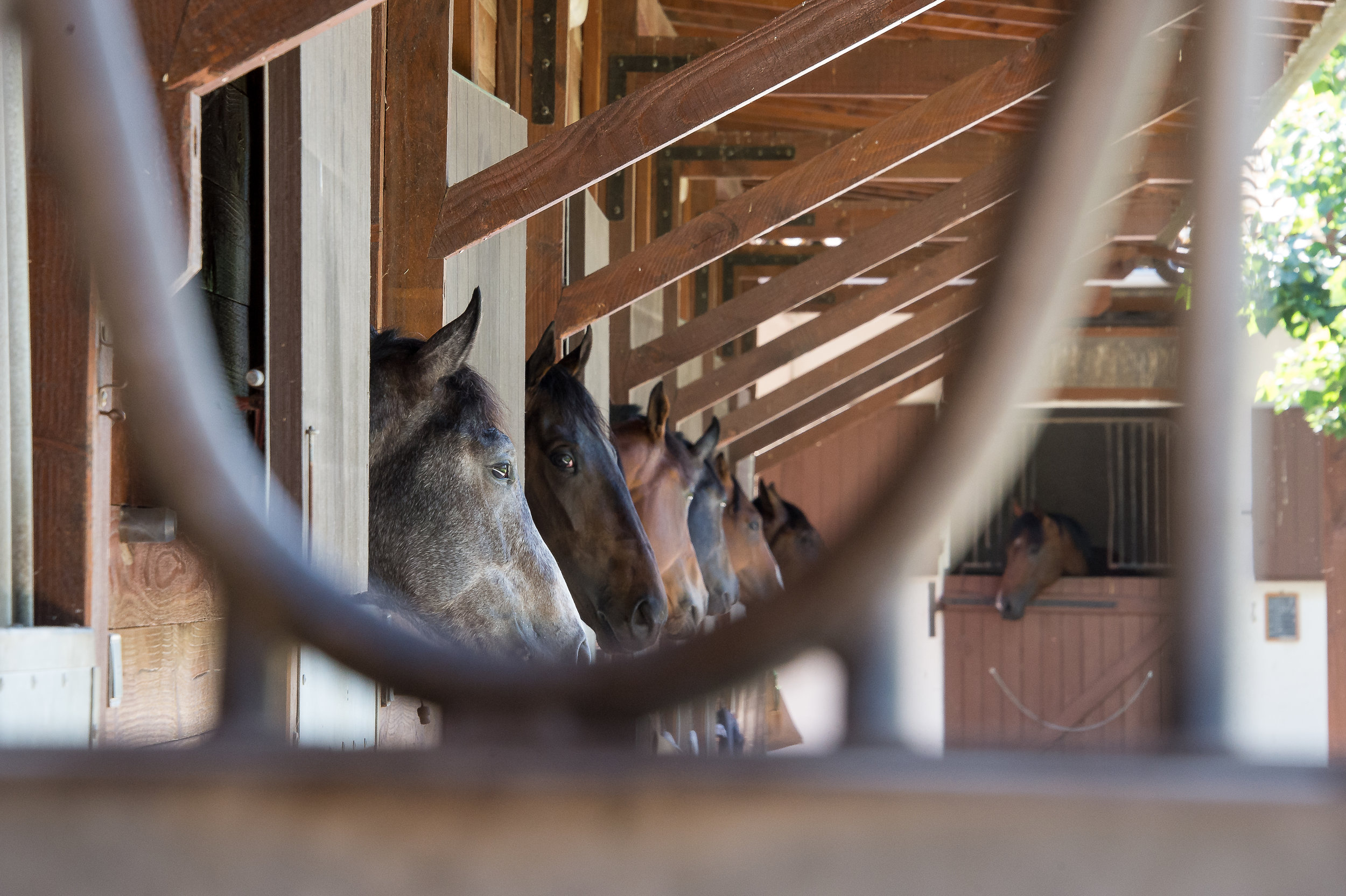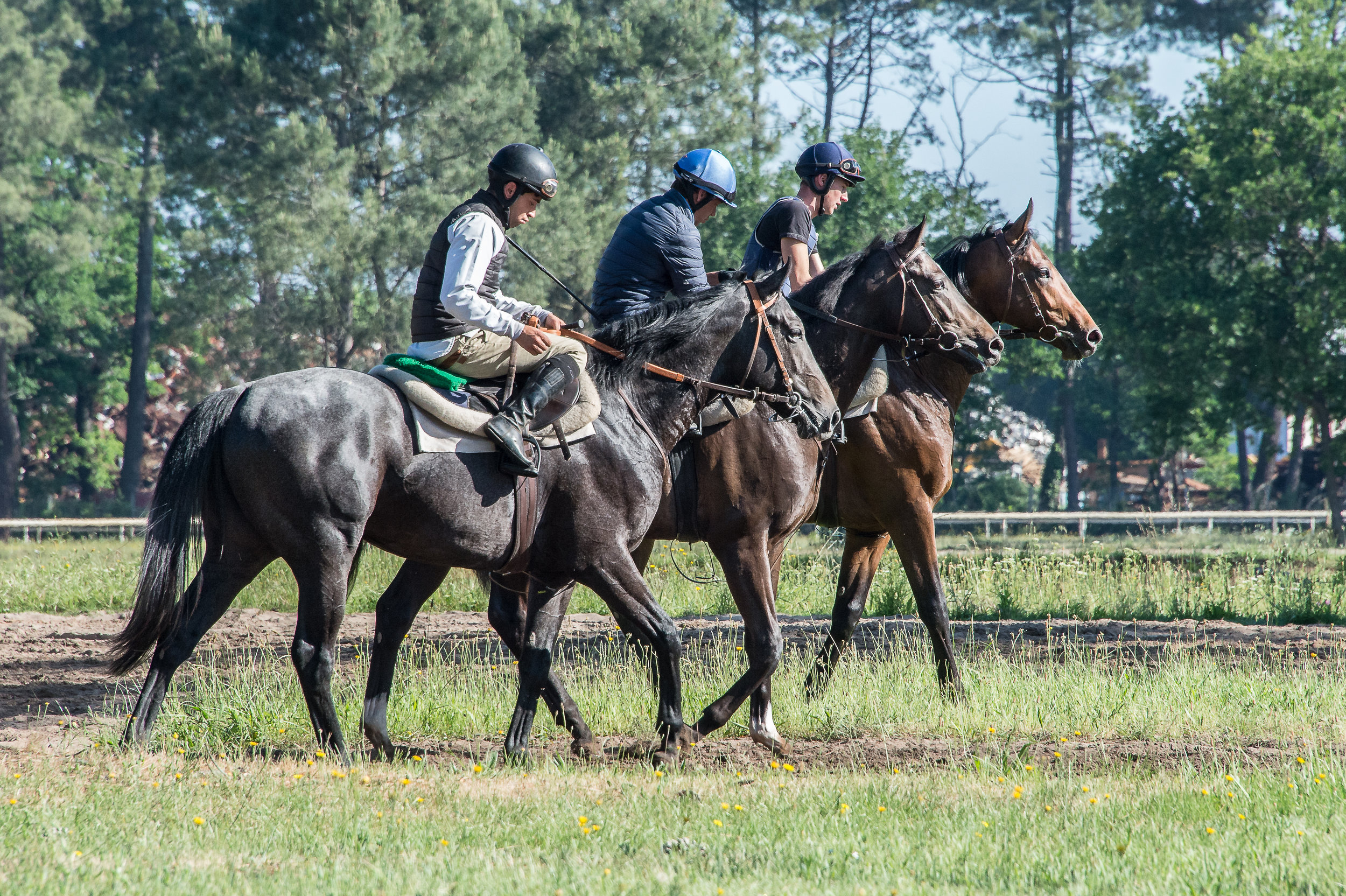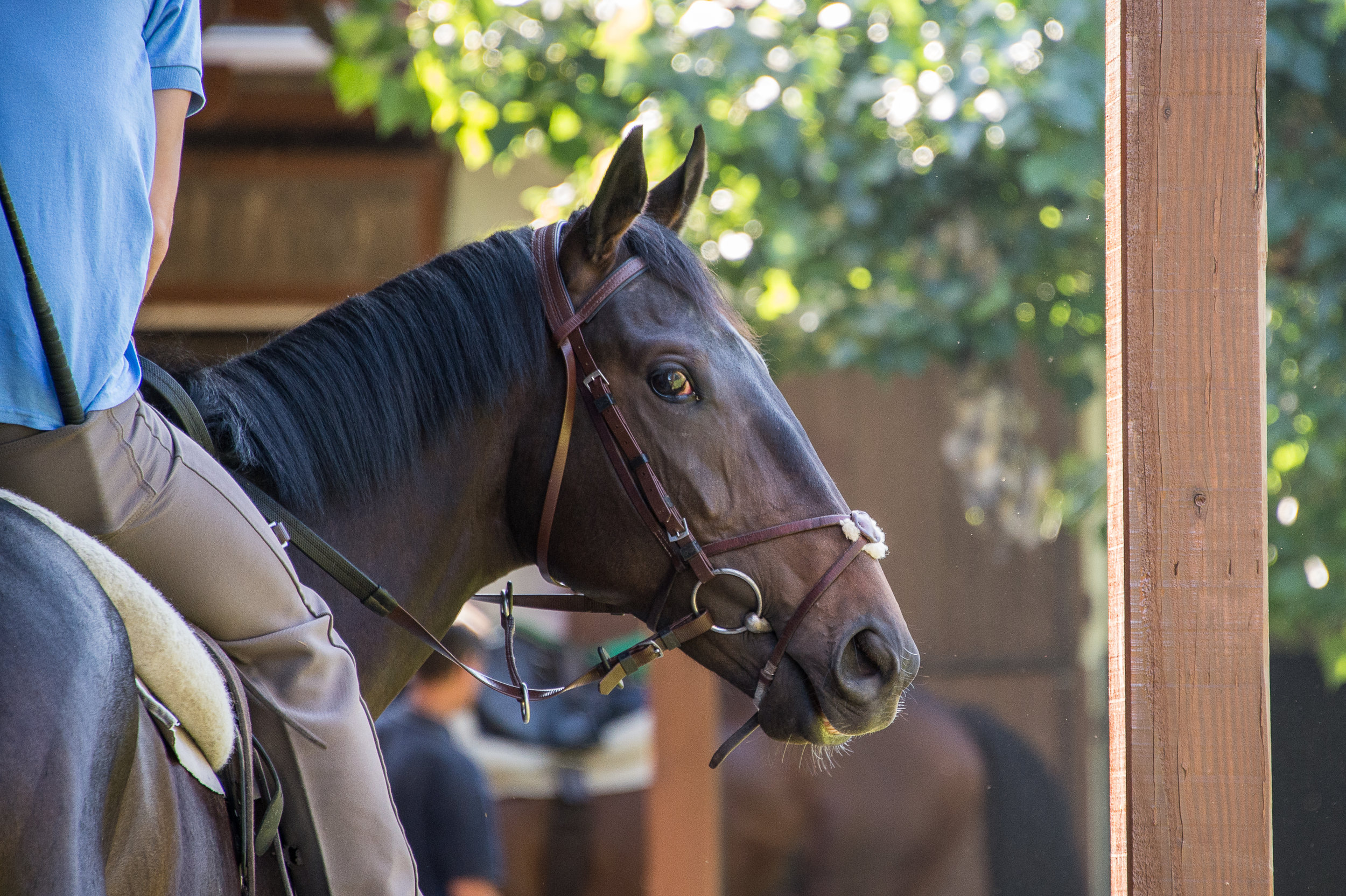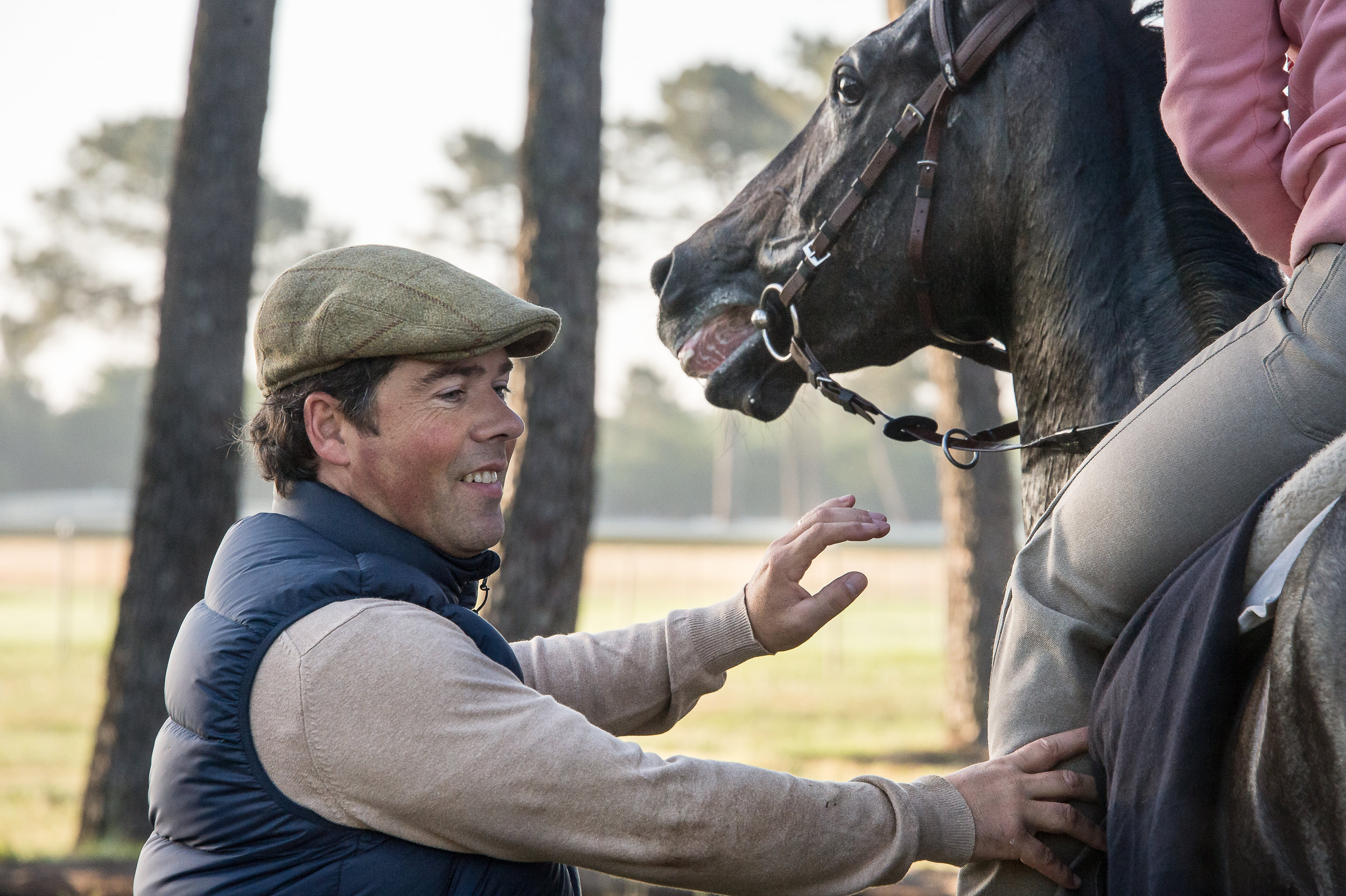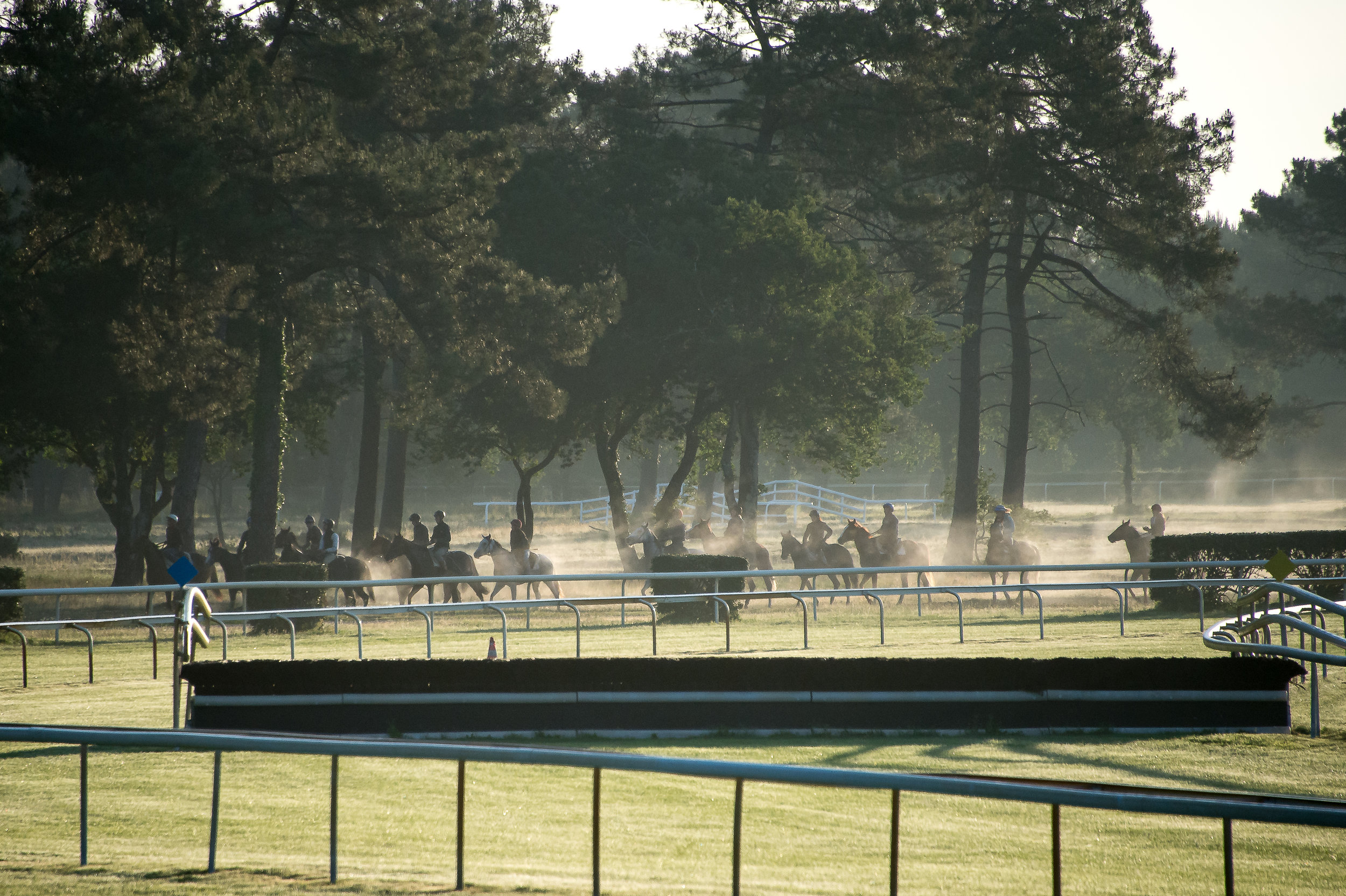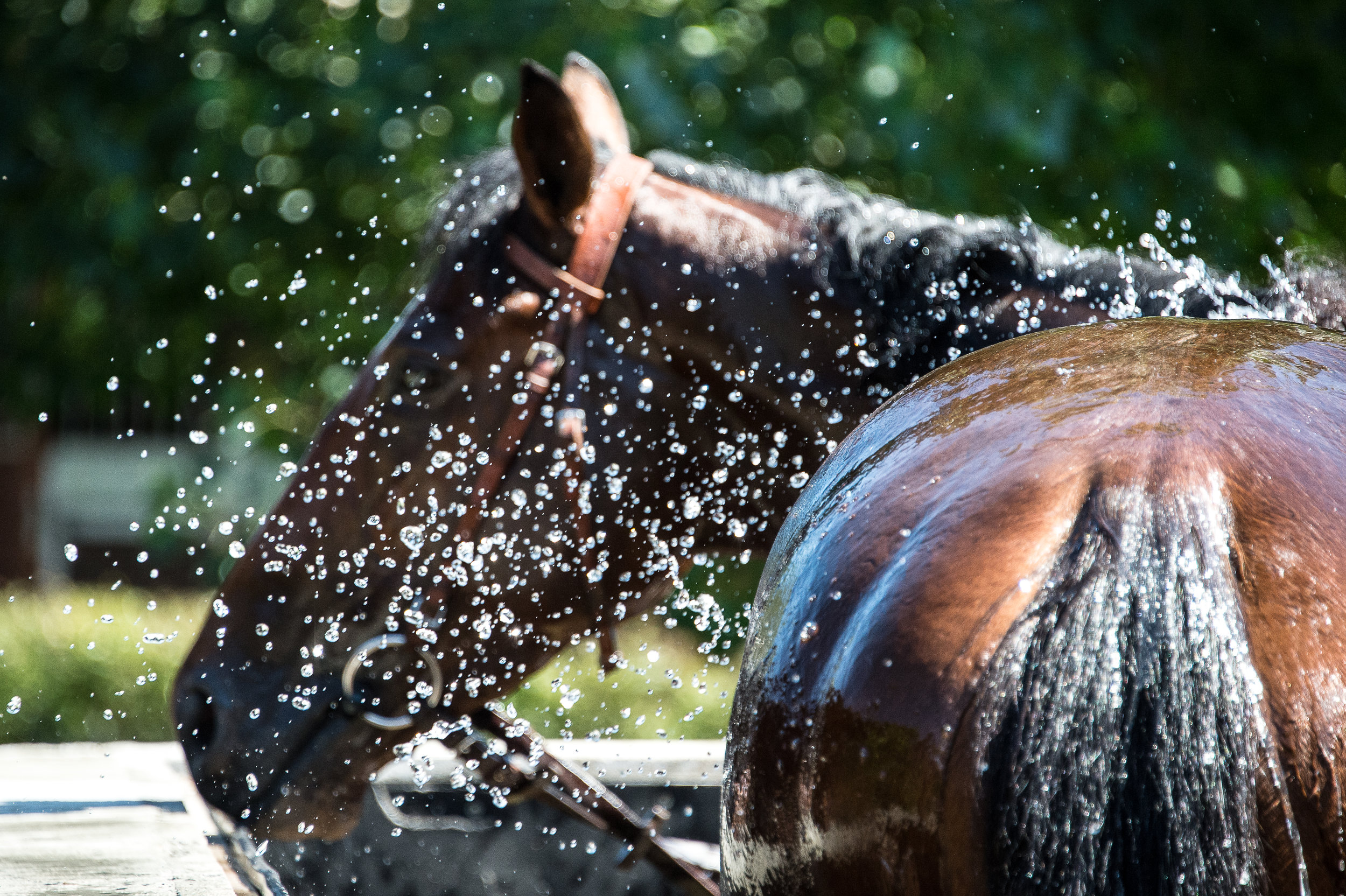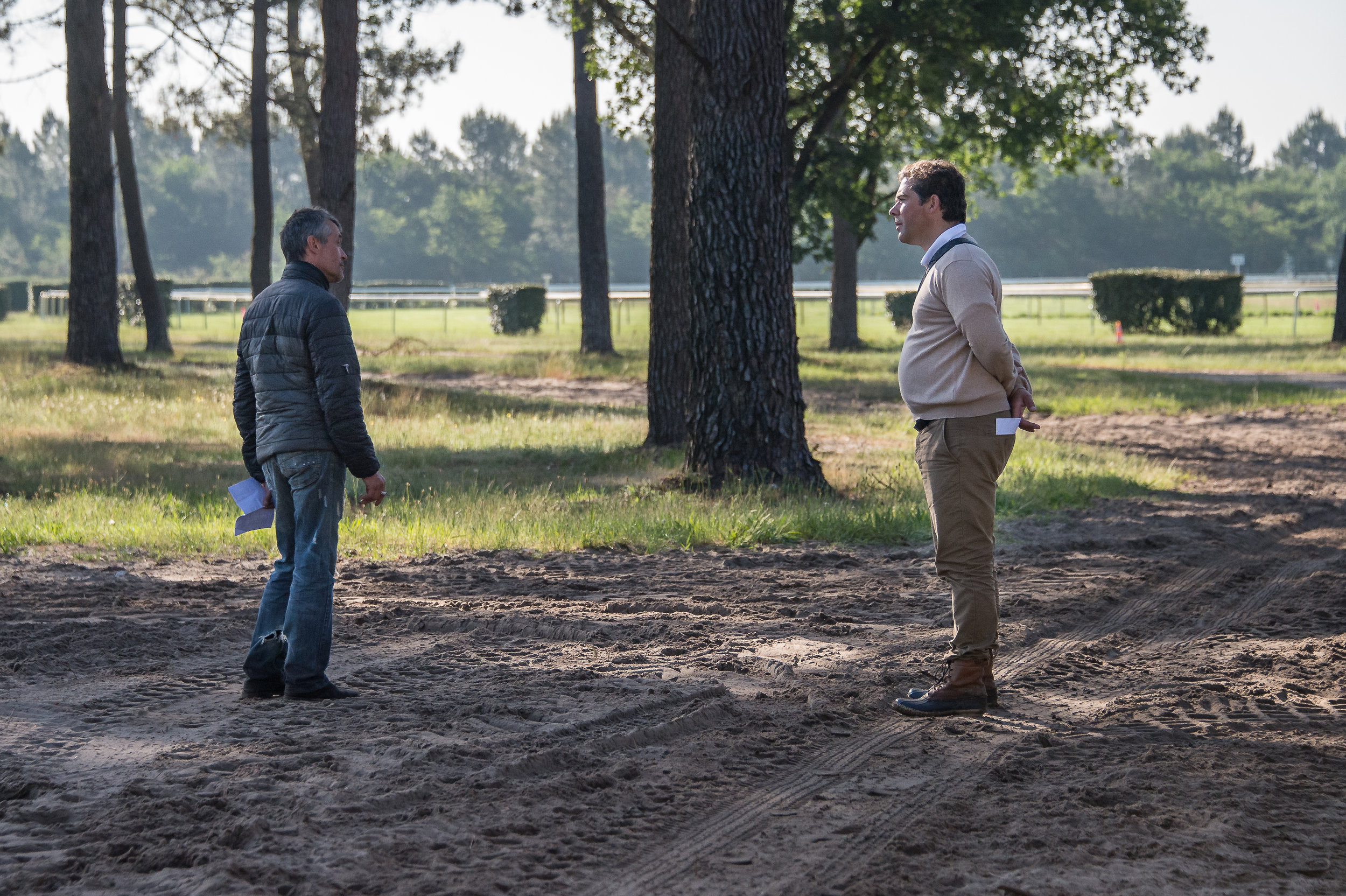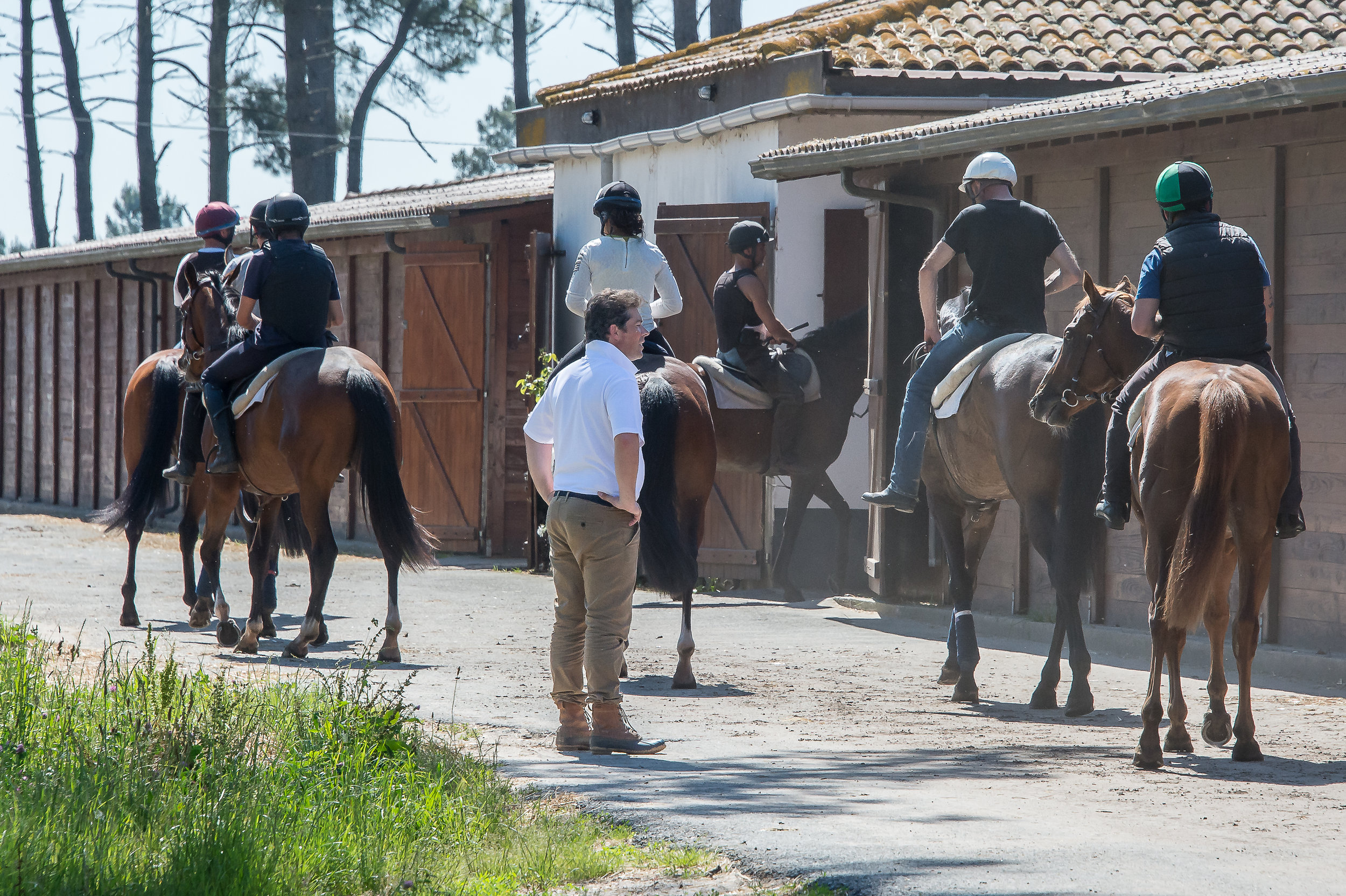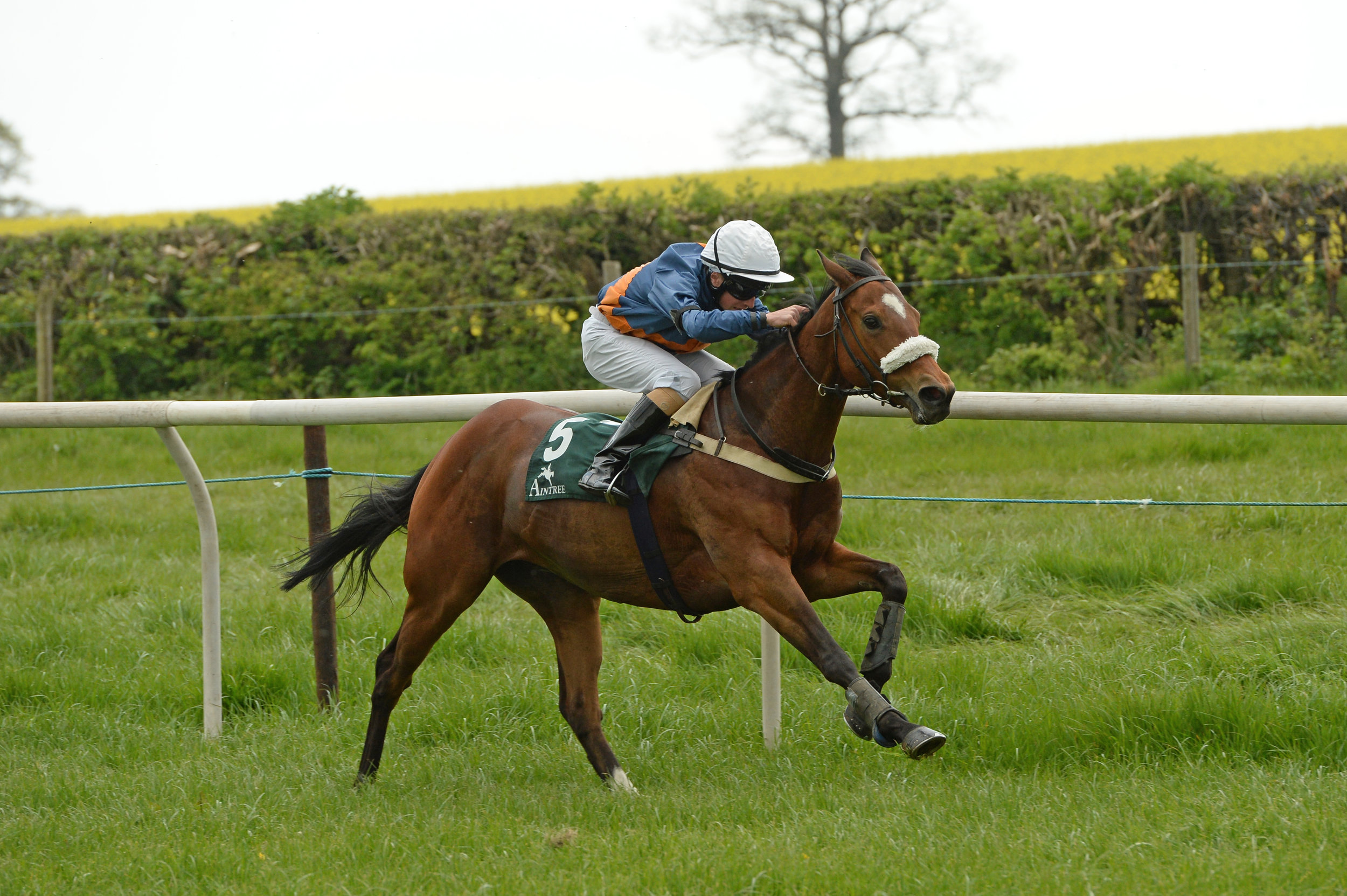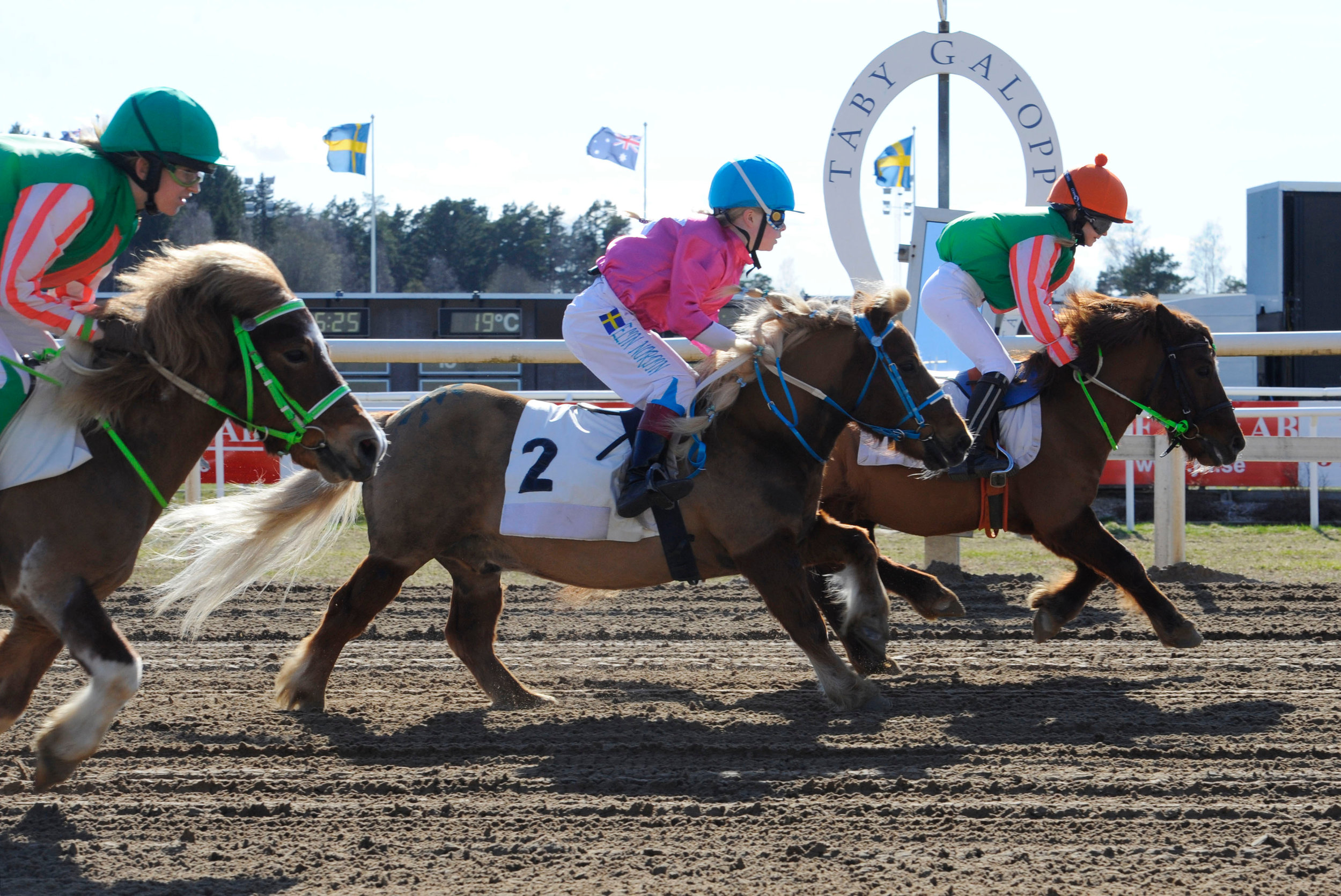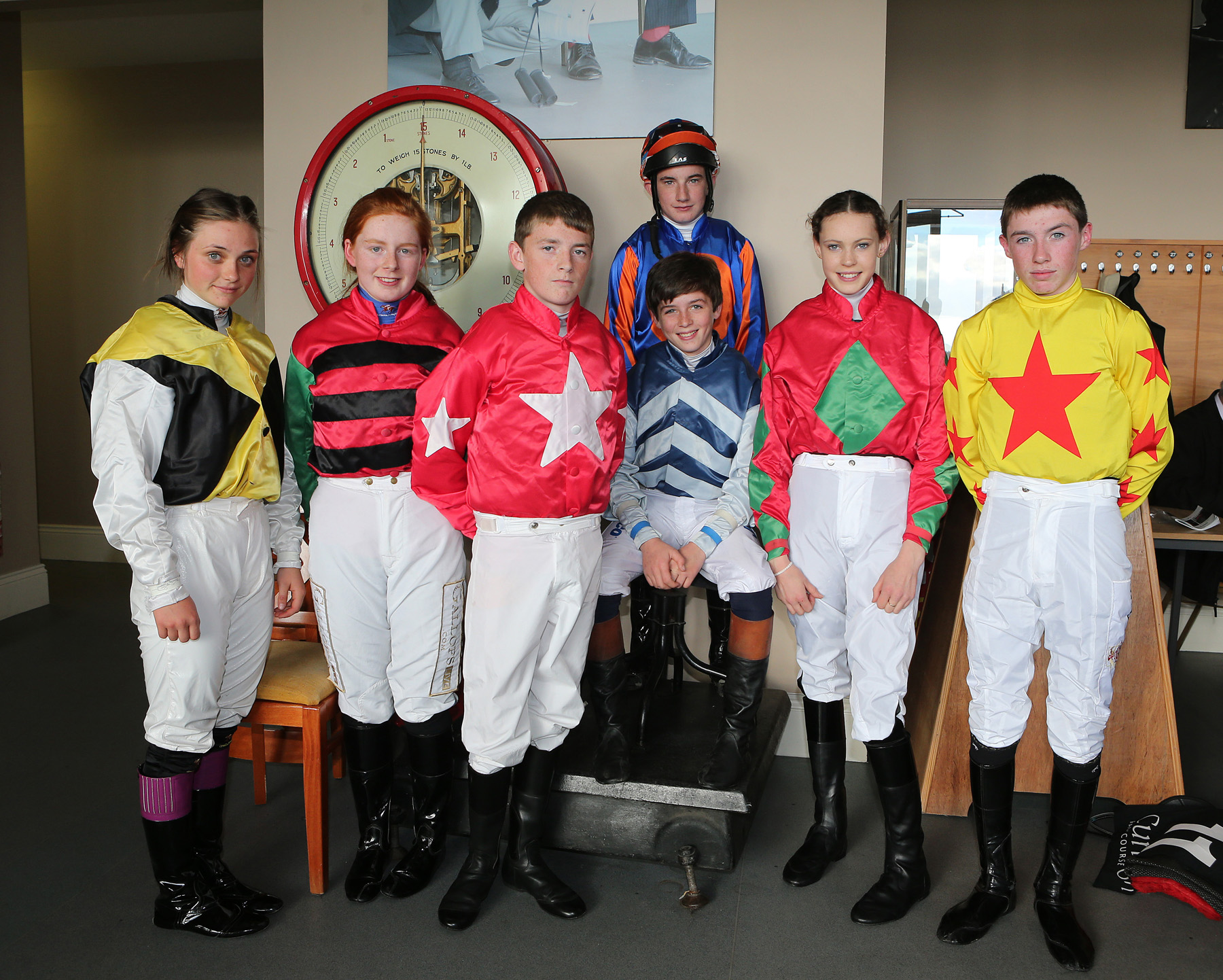The Trainers' Daily Rates Survey
Published in European Trainer - October - December 2017, issue 59
Click here to order this back issue!
The survey was circulated by the European Trainers Federation representatives in member countries. Responses were received from the United Kingdom, Ireland, France, Germany, Austria, Norway and Belgium.
Results varied per country but indicated to be representative of those countries, with an even representation by Flat (41%), Jumps (15%) and Mixed (44%) trainers and feedback from small-scale (1-10 horses in training) to large scale (50+) yards. Trainers were asked to complete 28 questions relating to their current daily training rate charged to owners, the factors they feel contribute most to their daily rate, whether they make a profit, loss or break even, what factors would affect a potential increase in their rate, and what rate they feel they would ideally like to charge amongst other location-related questions.
The results indicated that average training daily rates are similar across the participating countries. The UK had the highest average at £45 (Euro equivalent at €49.95) with Ireland second at €45. France was concluded at €42 and neighbouring Germany at a lower average of €35. The lowest representation in Continental Europe was Austria at €26.
Overall, the number of horses in training varied with the highest representation (37%) training between 1-10 horses and 8.7% of respondents training 50< horses. Therefore, results represent the majority of trainers in Europe training between 1-50 horses.
Trainers were asked to rate various factors out of 10 that contribute most to the rate they charge....
To see the results from this survey - subscribe now!
Epiduroscopy: an exciting window into back pain in horses
Dr Timo Prange
Read full study online here: 2016 Jan;48(1):125-9. doi: 10.1111/evj.12470
Published in European Trainer - October - December 2017, issue 59
Click here to order this back issue!
Back pain is a well known cause of lameness, gait alterations and poor performance in sport horses. Up to 25% of dressage horse owners report back problems in their animals, but not only sport horses are affected.
Although racehorses compete at a younger age than other equine athletes, they might suffer from back pain more often than we think, autopsy studies have identified pathological changes in the back of the majority of examined young thoroughbreds. Until recently, it has been very difficult to investigate back pain and it is easy to overlook this as a cause of disappointing performance. A novel surgical technique which has recently been reported in Equine Veterinary Journal, may change all this.
How can epiduroscopy help veterinarians to find the source of pain in a horse with back problems?
While the spinal cord sends and receives signals directly from the brain, the spinal nerves are the communication pathway between the spinal cord and the body. Spinal nerves are, among other things, responsible for the movements of the muscles in the back and legs and for sending information about pain in the back and legs back to the brain. Injury to a spinal nerve can result in dysfunction of muscles or in pain. Fortunately, the spinal nerve roots are well protected from injury, first by the surrounding bony vertebrae and, after leaving the spinal canal, by a thick muscle layer. However, the nerve can be injured at the point where it exits the spinal canal. The spinal nerves exit the canal through the openings between two adjacent vertebrae. The opening is called the intervertebral foramina. Each opening is in close proximity to the facet joints that connect the vertebrae. Inflammation of these joints (facet joint arthritis) causes back pain and results in irregular growth of bone around the arthritic joint.
While severe bony changes can be picked up on radiographs, subtle changes can easily be missed. Unfortunately, even relatively small bony growths can impinge on the passing nerve and cause irritation and inflammation. Nerve root impingement is a recognized cause of lower back and leg pain in people and now that we have epiduroscopy available for horses, it will be possible to identify the prevalence and importance of this condition in equine athletes. This will be especially interesting for young racehorses, where facet joint arthritis can be found in the thoracolumbar spine of up to 97% of cases that undergo autopsy but currently there is no information about the effects of this arthritis on passing spinal nerves.
To read more of this article - subscribe now!
Training yearlings: Schools of thought around the world
Published in European Trainer - October - December 2017, issue 59
Click here to order this back issue!
Consider throwing a thirteen-year-old school child into a university environment straight from prep school.
Sights, sounds and influences that the young mind would struggle to compute; physical rigours on the sports field that would either disappoint the mind or cause physical damage. I cannot think of any parent that would choose this for their young adolescent. Yet we often do this to the young horse, plucking them straight from the sleepy pastures of their nursery into an environment that is measured upon its production of top-level runners. Perhaps we send them via the sales…an entrance examination of sorts.
When put like this it is clear that, as custodians of young bloodstock, we might consider a period of preparation during which the horse would be introduced to saddle and rider, taught the basic lessons that would allow it to fit into the programme of the trainer that its owner chooses, as well as a careful conditioning of the physical stresses that will be tested further upon its graduation to the greater strains that will be required to reach race fitness.
For the sake of this article pre-training will be considered to be the safe development of a young horse towards its first joining a trainer or returning from a break not enforced by injury, as opposed to rehabilitation. The American racing industry has the perfect phrase for this: Legging Up.
While there has been a constant growth in the number commercial pre-training yards in Europe over the last 25 years to satisfy a growing demand for this service, this is something that has been a long standing practice further afield, particularly in countries where there is stabling pressure at the racetrack or in metropolitan stables, not to mention numerous larger owners that have chosen to keep a greater part of the horse’s young career in their control by employing a farm trainer or establishing their own pre-training division.
To read more of this article - subscribe now!
Tendon function and failure: Recent advances
Published in European Trainer - October - December 2017, issue 59
Click here to order this back issue!
Tendon injuries continue to be one of the most problematic injuries that affect racehorses. One of major issues facing veterinarians and trainers is that we have little understanding of why tendons become injured in the first place, how such the SDFT in the horse acts like the spring of a pogo stick, stretching and storing energy as a horse lands, and releasing energy to aid a horse’s locomotion as the limb pushes off.
There is a lot of clinical and research focus on these “energy-storing” tendons (such as the equine SDFT), as it is these tendons which are most prone to injury, and it appears to be a property of the function of such high strain, elastic tendons which result in these significant injuries will lead to so much economic loss and welfare issues for the affected horses. Under such extreme mechanical demands, it is not surprising the SDFT is prone to overuse injury, particularly amongst racehorses. SDFT injuries are highly debilitating, requiring considerable rehabilitation periods and are often career-limiting.
There is little convincing evidence of efficacy for any current treatment, and even after extensive periods of rest and rehabilitation, re-injury rates are extremely high, with little knowledge of how best to safely reintroduce training. In the horse, tendons are also extremely long, due to the length of a horse’s leg. In the horse’s forelimb, there is no muscle lower in the leg than the level of the knee (carpal) joints, and tendons mainly extend from the level of the knee down to the hoof.
To understand why tendons, such as the equine SDFT, become injured and how we may develop methods to allow better treatments, we and other researchers, have been developing an understanding of how elastic “energy-storing” tendons function and how do they fail.
To read more of this article - subscribe now!
Lycetts Team Champion Award
Published in European Trainer - October - December 2017, issue 59
Click here to order this back issue!
The important role played by stable staff has always been recognised by the horsemen and women employing them, though perhaps not always shown. It has certainly been overlooked beyond the stableyard, with the apparent view outside of the racing industry that stable work is unskilled and without long-term prospects. This misguided view has been detrimental, discouraging young people outside of the industry to explore job prospects and consider a role with thoroughbreds.
Recognising the individual skillset of the various roles within a working yard is important and while it may take time to get used to new job titles, where for centuries Lad or Lass sufficed, the titles are helping to identify particular roles and logical career progression. Above all, we are learning to openly value our team members and reward their skill and dedication, which means a tremendous amount in terms of job satisfaction and morale.
A wariness of comparing our workplace to any standard business is understandable, but it is important to recognise it as a business and every trainer wants to operate successfully. Peter Burnet, of the Peplow Group, has delivered learning and development programmes for individuals, teams and organisations since 1992. It's interesting to note that many of Peplow's programmes relate to the horseracing industry, “but can be adapted to any sector or organisation.” In this instance, our industry is setting the target for other industries to aspire to. Teamwork is naturally at its strongest in a working yard and can be seen as our industry's greatest, and to date overlooked, asset.
The team at Peplow explain that, “effective teamwork lies at the heart of every well managed organisation. The need to have a common purpose, clear objectives and a will to work cooperatively with colleagues is essential to maximise performance.”
To read more of this article - subscribe now!
The Biome of the lung
Dr Emmanuelle van Erck – Westergren, DVM, PhD, ECEIM
Equine Sports Medicine Practice (www.esmp.be)
Published in European Trainer October - December 2017, issue 59.
Click here to order this back issue!
Of bugs and horses
A couple of weeks ago, I was on an emergency call to a training yard. Half of the horses had started coughing overnight, some had fever and, as you’d expect when bad karma decides to make a point, the two stars of the premises due to face their greatest challenge to date the following week, were dull and depressed. A thick and yellow discharge was oozing from their noses. It was not long before the yard became the typical scene of a bad strangles nightmare. The bacteria involved in strangles outbreaks are Streptococcus equi equi, highly aggressive and contagious germs, that spread fast and cause disruption in days of training and mayhem in tight racing schedules.
So what inevitably comes to mind when you hear the words germs or bacteria? No nice and friendly terms. As veterinarians, we have been taught that microorganisms are responsible for an endless list of gruesome diseases and conditions: abscesses, pneumonia, septicaemia ... you name it. They need to be identified and eradicated. Thank heavens; we still have an arsenal of antibiotics to get rid of the damn bugs. But recent research in human “microbiome” is making us think twice, especially as we aim to hit hard and large with antibiotics.
Never alone
Your healthy and thriving self, likewise your horse, host millions and trillions of bacteria. The “microbiota” is that incredibly large collection of microorganisms that have elected you and your horse as their permanent home. The microbiota is constituted not only by an extremely diverse variety of resident bacteria, but also by viruses, fungi and yeasts that multiply in every part of your external and internal anatomy. The discovery of this prosperous microbial community has triggered fascinating new research. It has unveiled the unsuspected links that exist between health, disease and the microbiota. In simple words, these microorganisms are vital to your strength and healthiness.
To read more of the this article - subscribe now!
Iconic Gallops of Europe
Published in European Trainer - October - December 2017, issue 59.
Click here to order this back issue!
Why are Europe's public training areas so well known? Part of their uniqueness and fame rests with the very concept of public training grounds. There are very few public facilities throughout the world and the most common training practice is the use of racecourse tracks. In the majority of countries trainers are based at racetracks and simply use the racecourse facilities.
While many of Europe's renowned training centres are situated close to a racecourse, or are run in conjunction with that track, they are, nevertheless, separate facilities offering a wide choice of gallops and surface, often over a vast acreage. The benefit to the horse is variety and change of scenery without impacting on its daily routine or necessitating travel. For the trainer, a choice of gallops and surfaces can be tailored to a horse's individual needs and prevailing weather.
Hoppegarten
Typical of this, though less widely known, is Hoppegarten in Germany, where 13-20 public trainers are based. A common factor shared by many of Europe's renowned gallops is Hoppegarten's sand-based subsoil, allowing the racecourse track and various gallops to drain freely. As a result, coupled with modern artificial watering systems employed by groundsmen in drying weather, extreme ground conditions are avoided and consistent work surfaces are provided all year round.
Hoppegarten is home to the biggest training grounds in Germany, encompassing over 500 acres of woodland, with 10km of walking and trotting paths, and since 2013 it has been granted the status of a Landmark of National Importance.
To read more about iconic gallops across Europe - subscribe now!
Is EIPH beyond the scope of dietary change?
Published in European Trainer - October - December 2017, issue 59.
Click here to order this back issue!
Exercise induced pulmonary haemorrhage has been a concern to trainers for a very long time. The historic record of EIPH in horses such as ‘Bleeding Childers’, a son of the Darley Arabian, a founder of the modern thoroughbred, shows that ‘bleeding’ as it is commonly known is an age-old problem.
The prevalence of EIPH during high intensity exercise, such as racing, is relatively high, but influenced greatly by how it is diagnosed. For example, the prevalence of EIPH is quite low when the appearance of blood from the nostrils (epistaxis) is used as the diagnostic criteria. Unsurprisingly, it is much higher when more rigorous investigative techniques such as endoscopy or bronchioalveolar lavage are used. Additionally, the prevalence increases when horses are repeatedly examined. In clinical terms, it has been suggested that if you look hard enough diagnostically, and often enough, almost all horses will show a degree of EIPH with racing at some time. A large Australian study has also reported that there is a proven heritability or genetic element to this condition.
Notwithstanding this, EIPH presents a major concern for horses in training, as it often leads to loss in training days and may impact on race performance, although this seems to be dependent on the degree or grade of EIPH involved. A period of absence from the racecourse can also be a requirement of some racing jurisdictions, e.g. the British Horseracing Authority in the UK, following epistaxis, where blood is seen visually from one or both nostrils. Public perception is also relevant, especially when the public mood puts racing under tighter scrutiny in terms of animal welfare.
There is also a mood for change with regards to the previously widespread use of pre-race medications such as furosemide (which has been widely used to treat EIPH) in countries such as the USA. The HH Sheikh Mansoor Bin Zayed Al Nahyan Global Arabian Horse Flat Racing Festival had recently announced that its races in the US will be ‘lasix-free’, which has been widely welcomed by trainers worldwide.
In some racing jurisdictions, nasal strips can be used which support the tissues of the nasal cavity helping to keep the upper airway fully open during exercise.
To read more of this article - subscribe now!
Profile: Julian McLaren
Published in European Trainer - October - December 2017, issue 59
Click here to order this back issue!
The rising star in Scandinavian racing
Julian McLaren was suddenly thrown into a trainer’s role less than two years ago and quickly started to make a name for himself on the Scandinavian racecourses. European Trainer caught up with the young Swedish trainer to discuss racing in Scandinavia, the new Stockholm racecourse, and how he overcome his fear of riding.
Growing up around racehorses, Julian McLaren always knew that he wanted to devote his life to horse racing. Having a trainer as a father and a racing administrator as a mother, the Swede has been a part of the Scandinavian racing community since before he could walk. “My dad, Alex McLaren, came to Sweden from Scotland in 1979 and started training near Stockholm shortly after,” Julian McLaren explains. “I grew up on the farm where he trained, and later we moved closer to the city and kept the horses at Täby Galopp.”
As a teenager, he spent most of his free time at the track, and once he finished school, his involvement in the racing industry became more serious. Valet, jockey’s agent, starting stall handler, and stable hand are only a few of the many roles Julian McLaren, now 30, has experienced.
To read more of this article - subscribe now!
Trainer of the Quarter - Roger Charlton
Published in European Trainer - October - December 2017, issue 59
Click here to order this back issue!
The winner of this season’s Irish Champion Stakes, Decorated Knight is one of the leading lights in trainer Roger Charlton’s string and one of the best exponents of his trainer’s long-established skill in developing and maintaining a horse’s ability at the highest level.
The Irish Champion Stakes marked Decorated Knight’s third Group 1 success of 2017 in a campaign which started seven months earlier, and he follows in the tradition of numerous other Charlton-trained horses who have enjoyed lengthy and successful careers.
Owned by Saleh Al Homaizi and Imad Al Sagar, the five-year-old Decorated Knight joined the Charlton string nearly two years ago and his trainer says he was initially a horse who needed to learn to settle.
To read more of this article - subscribe now!
Christophe Ferland - A man with a plan
First published in European Trainer issue 58 - July - September 2017
Click here to order this back issue!
When Christophe Ferland is talking to you, you have his full attention.
He might need to break off the interview for a few moments to deal with something at the yard or on the phone, or to look at a horse, but he will resume exactly where he stopped, without missing a beat. Is this ability to concentrate 100% on what he is doing one of the ingredients in the recipe for the success of French Flat racing’s rising star?
With a jockey-turned-head-lad for a father, Ferland cannot remember the first time he saw a horse. “But I do remember going racing with my father, although he was no longer a jockey at the time, and loving it!” he says now.
So, after a few years riding out in the morning for several renowned trainers including David Smaga and starting in a dozen races as a gentleman rider “without much success or passion, as I really lacked competitive spirit at the time,” he decided that training really captivated him. His mind was made up: he would be a trainer.'
“You have to keep searching – why something went wrong and how to correct it, what could still be improved even when things go well... Never take anything for granted.”
GALLERY
Generation X
First published in European Trainer issue 58 - July - September 2017
Click here to order this back issue!
It's been a great spring for Irish horseracing, the record 19 wins at the Cheltenham Festival having been followed within a matter of weeks by Aidan O'Brien's double in the Newmarket Guineas.
But, believe it or not, there is a branch of the sport in which Britain is in the ascendancy while Ireland seems in dangerous decline, and this is pony racing, an unheralded but vital part of racing's grassroots and an excellent source of hard-working, talented riders.
Listening to people talk about the storied history of pony racing in Ireland, one would imagine it would be secure forever. "Practically every top jockey in the country has gone through pony racing at one stage or another," I was told by Denis Egan, The Turf Club's chief executive. But neither The Turf Club nor any other authority has responsibility for nurturing the health of pony racing, which is falling on hard times with a consequent loss of fixtures and equine talent.
Meantime, the sport, having long been popular in other European countries, is finally taking hold in Britain, where it was all but unknown 15 years ago. "I can't speak highly enough about it and the people who organize it," says Paul Nicholls, the 10-times champion jumps trainer, who regrets that no such introduction to jockeyship was available when he was a lad.
His daughter, Megan, and his nephew, Harry Derham, are among a swelling list of British jockeys who cut their teeth in pony racing. Others include Sam Twiston-Davies, Sean Bowen, Lizzie Kelly, Tom Marquand, and Hollie Doyle. The Pony Racing Authority (PRA) reckons that more than 100 of its graduates now hold a jockey’s license of some kind.
Hoof - Surface Interaction Study
By Amy Barstow BVetMed, MRCVS, PhD Candidate
First published in European Trainer issue 58 - July - September 2017
Click here to order this back issue!
In racehorses, the identification of risk factors for lameness has driven research efforts into lameness prevention strategies.
The foot-surface interaction is of particular interest and has been the subject of a lot of research. To date this has primarily been through the investigation of ground-surface composition and properties, in addition to the effects specific surfaces have on the horse’s way of going. Changes in speed, stride length, and frequency have been observed, and the vibrations (shock waves) resulting from the initial foot-surface collision have been measured on different surfaces. However, the surface represents only half the story: what about the foot? In practice it is the foot that we are more likely to influence on an individual level.
As part of my PhD studies at the Royal Veterinary College (RVC), we have investigated whether it is beneficial to use novel farriery techniques such as ‘sole-packing’ and padding materials to improve shock absorption in horses exercising upon both firm and soft surfaces. This work has been kindly funded by the Horse Betting Levy Board (HBLB) and the RVC Paul Mellon Trust. Here we will discuss the intricacies of the foot-surface interaction, what is already known about the effect of surface, and how our research into the use of sole-packing materials might be another arrow to our bow in the prevention of lameness in racehorses.
The true cost of training
First published in European Trainer issue 58 - July - September 2017
Click here to order this back issue!
The FRBC French Annual Review 2016-2017 shows that in 2016, the total distributed prize money in Britain, Ireland, France, and Germany was €528,357,185.
It’s interesting to note that in France (95%) in particular and in Ireland (65%), prize money is pretty much self-funded via racing organisations, which contribute only 48% to British prize money and as little as 4% to German prize money. The contribution from owners stands at 4% in France, 7% in Germany, 16% in Britain, and 23% in Ireland.
With prize money recognised as the lifeblood of racing, it’s interesting to see where it originates and even more interesting to see where it goes. In Issue 39 of European Trainer (Autumn/Winter 2012) we featured the distribution of prize money, jockey and trainer fees, and percentages. At that time there were 1,500 licensed trainers throughout Europe chasing 10% of winning prize money, from which further deductions in many cases brought that down to 7%.
The figures have changed little since, and it’s no surprise that the majority of trainers continue to survive largely on the trading of horses. Selling winning horses out of a stable can hardly be viewed as a sustainable business plan and it is never going to help trainers in the lower tier break through into the higher ranks when their best horses are sold and moved to other yards.
With so many relinquishing their licence each year due to rising costs and the inability to make training pay, there have been recent calls to put more in place to help trainers. Horse Racing Ireland (HRI) earlier this year launched a trainer marketing scheme to assist in attracting new owners, as well as the new “Experience It” campaign to provide potential owners with the experience of a day at the races as an owner. HRI also plans to assist in the collection of training fees to protect against non-payers.
Gaining new owners and ensuring that they pay is only half the battle, however, and the high-profile removal of Gigginstown Stud-owned horses from Willie Mullins has highlighted the problem of the fees themselves. Mullins is not alone in maintaining the same weekly fee for 10 years, and the example set by Gigginstown shows the dangers of increasing fees when that is no longer viable. Wages, insurance, utility bills, diesel, and feed and bedding prices have all increased during the past decade but most training fees have not, which means trainers have effectively reduced their fees each year.
The importance of identifying lower and upper limb lameness
First published in European Trainer issue 58 - July - September 2017
Click here to order this back issue!
In thoroughbred racing injuries to the limbs are a major welfare and safety concern and are the leading reason for horses to be out of training.
Lameness is the number one reason for a high turnover in racing stables and, as many trainers know, it has huge financial implications for the owner, trainer, and the racing industry in general. Previous investigators have found that just over 50% of horses in training in England and Germany experience lameness during training and approximately 20% of horses in the UK suffer lameness that prevents them from returning to training. With this amount of horses on lay-up, it can be difficult to run a profitable racing stable.
In addition to having an impact on the horse’s welfare and future career, severe musculoskeletal injury also poses a serious safety concern for jockeys. The main reason for a jockey to suffer injury in a race is a horse sustaining a catastrophic injury or sudden death. Researchers in the US found that a jockey was 171 times more likely to be injured when a horse they were riding in a race died. In thoroughbred racing, the most common life-threatening injury to horses involves fractures of bones in the fetlock. Therefore, the best way we can improve safety and welfare of both horses and jockeys is to highlight risk factors for fractures in an attempt to prevent these catastrophic injuries from occurring.
The Saviour of Greek Racing
First published in European Trainer issue 58 - July - September 2017
Click here to order this back issue!
Making progress and facilitating change in racing can be tough and time consuming. Doing it in a challenging economic environment makes it tougher still. With that in mind, the strides being made in Greece, where the racing industry had fallen to its knees, is both admirable and encouraging.
Making progress and facilitating change in racing can be tough and time consuming. Doing it in a challenging economic environment makes it tougher still. With that in mind, the strides being made in Greece, where the racing industry had fallen to its knees, is both admirable and encouraging.
The article “Greek racing hoping for revival of fortunes” published in Issue 45 of European Trainer offers a more detailed explanation of the decline of the sport in Greece. The scene at the new venue of Markopoulo, 35 kilometres from the capital, was far removed from the halcyon days of high betting turnover and large crowds at a vibrant track close to Athens.
However, in January, 2016, OPAP (a Greek-based betting company) was granted the licence to organise and conduct racing in Greece. Improved relations with the Greek Jockey Club, who are still responsible for the governance of the sport, have followed, as Costas Alexopoulos, chief of operations, explains. Alexopoulos says, “We have a very close relationship with the Jockey Club now. There have been differences but we cooperate very well.”
With the need for racing in Greece to become a commercial success, OPAP are keen to make the right calls, turning to Fin Powrie, a man with extensive international experience in the industry, to organise and implement a plan for change. The Australian previously worked in Dubai, Bahrain, India, New Zealand, and his homeland. Powrie speaks with enthusiasm about the work being done in Greece and seems encouraged by the progress made since his arrival.
Does nutrition factor in injury, repair and recovery?
First published in European Trainer issue 58 - July - September 2017
Click here to order this back issue!
Lost training days through injury or infection are problematic for trainers, both practically and commercially. It is a stark fact that 50% of thoroughbred foals, bred to race, may never reach the racecourse.
Lost training days through injury or infection are problematic for trainers, both practically and commercially. It is a stark fact that 50% of thoroughbred foals, bred to race, may never reach the racecourse. In young thoroughbreds, musculoskeletal problems have been cited as the most common reason for failure to race and this appears to continue to be a major issue for horses in training.
An early study carried out in 1985 in the UK reported that lameness was the single biggest contributor to lost days of training, and subsequent research 20 years later found that this was still the case, with stress fractures, which involve normal bone being exposed to abnormal stress, being cited as a significant underlying cause. Perhaps not surprisingly, two-year-olds were more susceptible to injury than three-year-olds. Whilst there are of course many other reasons – including muscular issues such as tying up, respiratory problems, and viral infection – why horses may fail to train, in this survey medical issues accounted for only 5% of the total training days lost.
Coverage of the Merial Raceday - York 2017
First published in European Trainer issue 58 - July - September 2017
Click here to order this back issue!
Over 40 vets from around the UK attended the continuing professional development event titled ‘How to optimise the respiratory effects on performance’ at York Racecourse this May. The event, organised by European Trainer Magazine and Merial Animal Health, featured a panel of expert speakers and was co-sponsored by Connolly’s RED MILLS and Haygain. Louise Jones BSc, MSc attended the seminar and reports on the key messages as follows.
Functional Significance of Upper Airway Obstructions - Dr Kate Allen
Dr Kate Allen, from Langford Vets, commenced proceedings, explaining that whilst upper airway obstruction (UAO) is second to lameness as the most common cause of poor performance, it is difficult to quantify its significance on athletic performance.
UAO is caused by a narrowing of the airways, often as a result of the collapse of the varying upper airway structures. However, Dr Allen emphasised that it is a complex condition and in almost half of the cases involves the concurrent collapse of multiple structures.
Horses suffering from UAO initially attempt to maintain airflow by increasing inspiration time and decreasing respiratory frequency. However, if this is unsuccessful then the amount of oxygen available for the muscles to work effectively will be reduced, resulting in impaired performance. The degree to which athletic performance is affected, especially in the elite horse, will obviously depend on several factors, including....
Staff Focus: Work experience and the pathways into racehorse care
First published in European Trainer issue 58 - July - September 2017
Click here to order this back issue!
The pedigrees of racing’s human participants are often as impressive as the horses in their care, but the industry is doing all it can to attract and welcome newcomers from outside of any equestrian background in the hope they might establish future dynasties of their own.
A shortage of staff Europe-wide means it is vital that new initiatives are introduced and supported, to encourage young people to seek careers within racing.
A traditional route into racing has always been simply knocking at a door and asking. While many trainers will welcome schoolchildren looking to gain experience, not every trainer finds them useful and not every young person finds the experience useful. The key lies in matching the correct yards to those taking a keen interest, and the Racing To School programme in Britain and the similar Go Racing Kids’ Club in Ireland are proving beneficial in that respect.
EMHF - Welfare at the top of the agenda
First published in European Trainer issue 58 - July - September 2017
Click here to order this back issue!
There is debate over the appropriateness of the use, in the context of horseracing, of the term ‘social licence.’
There is debate over the appropriateness of the use, in the context of horseracing, of the term ‘social licence.’ It is heard in our world with increasing frequency, but opponents point to the fact that it implies a formal power – which society, of course, does not hold, in any direct sense – to sanction or prohibit the sport. But it is surely incontestable that racing’s future is brighter where it enjoys broad public support and more precarious where there is widespread opposition. There is encouraging evidence that racing ‘gets’ this.
As public sensibilities around the world shift towards ever greater concern for the wellbeing of animals, so there are numerous examples of racehorse welfare moving ever higher up the agenda of racing’s administrators. The tone has been set at the very top – it has been a mantra of the International Federation of Horseracing Authorities’ (IFHA) chairman Louis Romanet in recent years that horse welfare must be central to the efforts of national racing authorities.





